Introduction
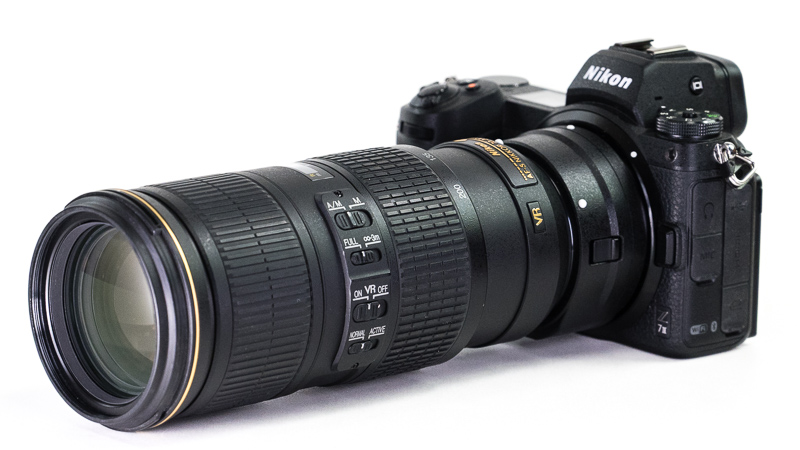
The Nikon AF-S Nikkor 70-200mm f/4G ED VR was Nikon’s latest enthusiast-level telephoto zoom lens with a constant aperture. Before its release, Nikon had long offered both professional 70-200mm and 80-200mm f/2.8 lenses, as well, a prosumer-grade fixed F4 70-210 and consumer grade variable-aperture telephoto zooms. With this lens, they aimed to provide a more budget-friendly alternative to their latest high-end 70-200mm f/2.8 VR. To achieve this, Nikon incorporated their latest advancements in coating technology, autofocus (AF), vibration reduction (VR), and optical design to create this lens by the end of 2012.
Let’s take a closer look!
![]() I tested this lens on a 46 Mp Nikon Z7ii (Sample images were taken with Nikon Zf , Nikon Z6, Nikon D600, and Nikon D7200)
I tested this lens on a 46 Mp Nikon Z7ii (Sample images were taken with Nikon Zf , Nikon Z6, Nikon D600, and Nikon D7200)
![]() I used a Nikon FTZ II F-to-Z adapter with this lens on Nikon Z cameras.
I used a Nikon FTZ II F-to-Z adapter with this lens on Nikon Z cameras.
 You can see this review as a YouTube video here!
You can see this review as a YouTube video here!
![]() Sample images in high resolution here.
Sample images in high resolution here.
Sample Images

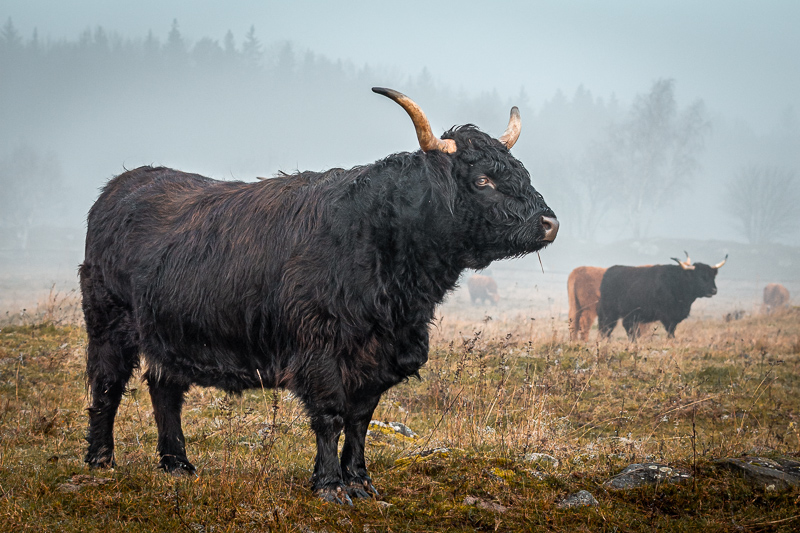



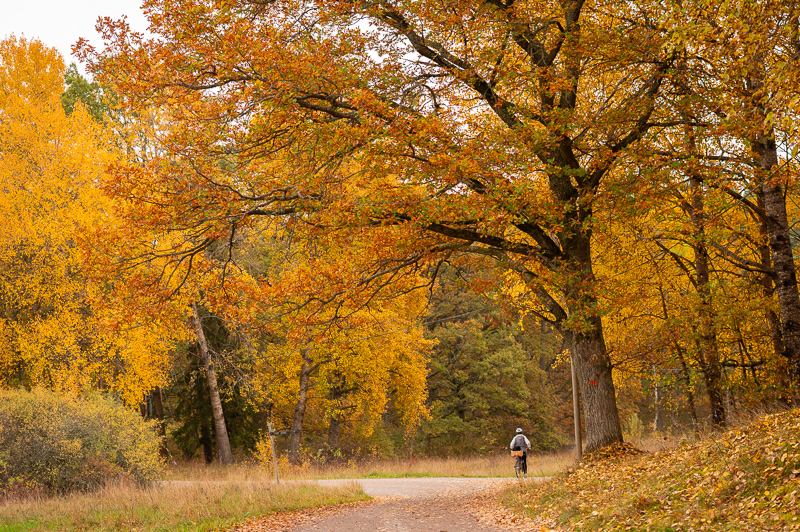
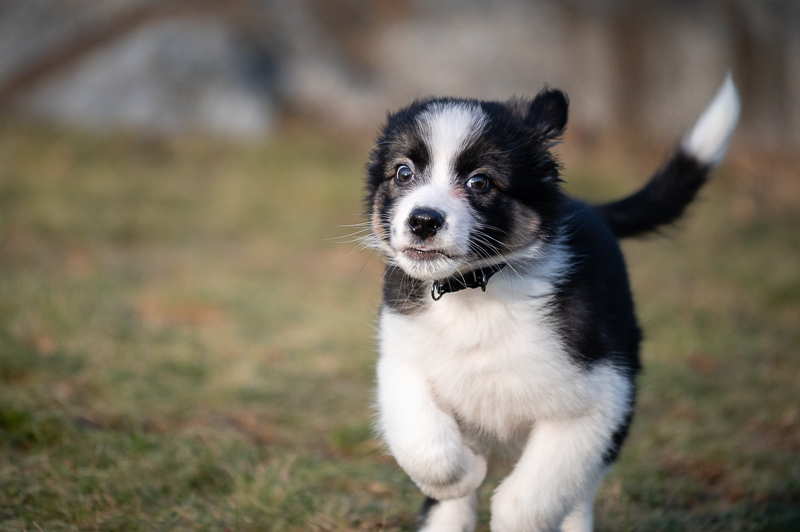


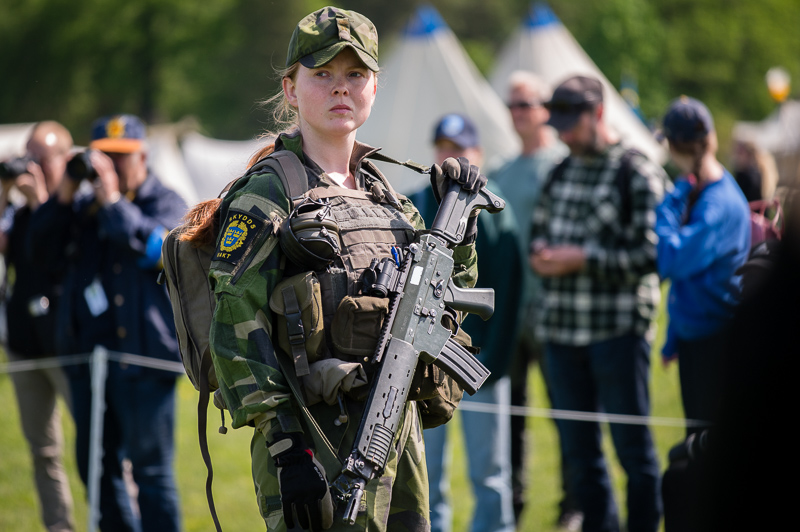
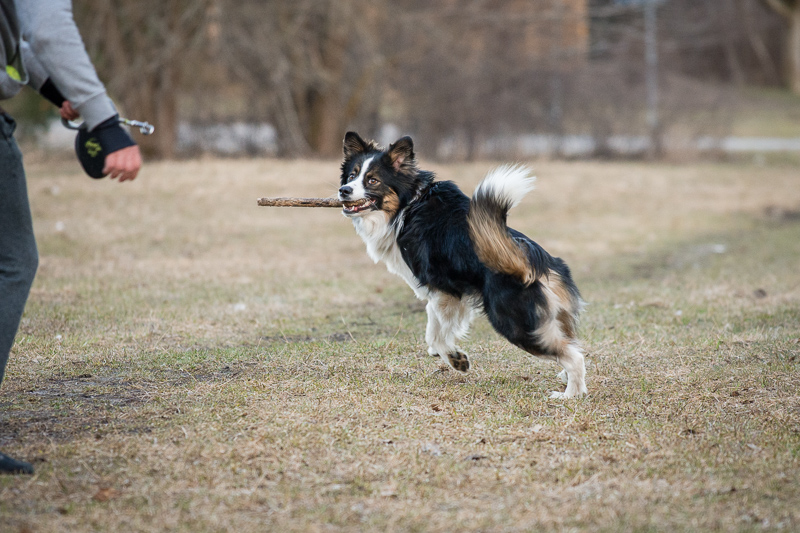

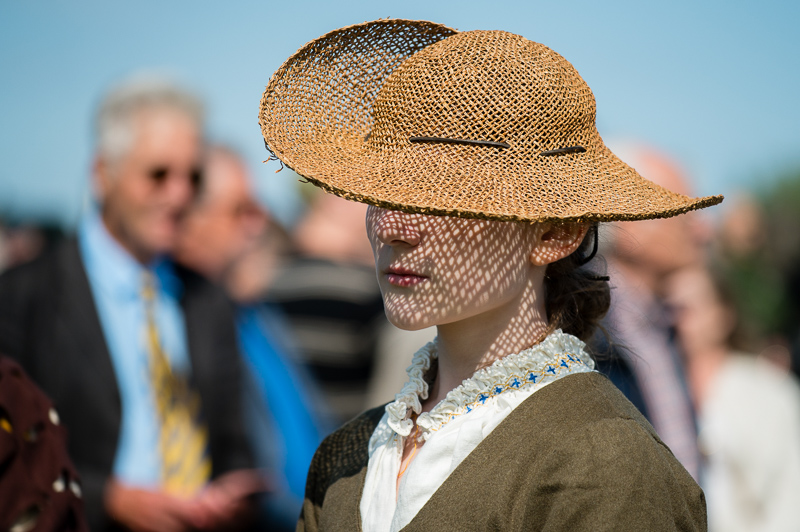
Most of the sample images in this review and many more can be found in higher resolution here.
Specifications
| Focal Length | 70-200mm |
| Angle of View | 34°20’ – 12°20’ |
| # of Aperture Blades | 9 (rounded) |
| Max Aperture | f/4 |
| Min Aperture | f/32 |
| Min Focus Distance | 0.99 m |
| Filter Size | 67mm |
| Lens Mount | Nikon F |
| Weight | 850 g |
| Size (D x L) | 78.0 × 178.5 mm |
| Elements/Group | 20 / 14 |

IMG
| Buy new: B&H, Amazon (anywhere) for $ (Affiliate links) Buy used: eBay.com, eBay.de, eBay.co.uk from $338 |
Disclosure
I purchased this lens with my own money—no sponsorship. These are, as always, my honest, unbiased thoughts.
Handling and Build Quality
The AF-S Nikkor 70-200mm F4G ED VR, as the name suggests, is an autofocus lens and features image stabilisation rated up to five stops. The body is made of hard plastic, with rubberised focus and zoom rings and a metal mount. While the lens doesn’t feel cheap at all, it doesn’t quite have the premium build quality of the newer Z series lenses.
In the hand, it feels surprisingly light—especially considering its length and the fact that it houses 20 lens elements. One thing that stood out to me was the overall length of the lens compared to its diameter; it looks quite long. Add the large lens hood, and it gets even longer. If you’re using it on a Z-series mirrorless camera with the FTZ adapter, the total length increases further.
The focusing ring, which in the old days was always positioned nearest to the front element, is generously wide and supports full-time manual focus override, allowing you to fine-tune focus even while autofocus is active. The zoom ring, located closest to the camera, is also quite wide and marked with focal lengths at 70, 85, 105, 135, and 200mm, with the numbers painted directly onto the ring. The lens and manufacturer’s names are embossed and finished with gold paint.
Additionally, you’ll find extra markings on the barrel, including: “Nikon, SWM VR ED IF ø57, Nano Crystal Coat, MADE IN THAILAND,” along with the serial number.
Between the focus and zoom rings on the barrel, there’s a distance scale window showing focus distance in meters and feet. You’ll also find several switches: an A/M–M autofocus mode switch, an autofocus distance limiter (which speeds up AF by restricting it to 3 meters to infinity), a VR (or stabilisation) on/off switch, and a stabilisation mode switch for “Normal” and “Active” modes. “Normal” is the standard setting, while “Active” is designed to compensate for more aggressive, high-frequency movement—like when shooting from a moving vehicle. All the switch labels are printed on the barrel.
Nikon claims up to five stops of stabilisation with this lens’s VR. While I can definitely tell that VR helps with getting sharper handheld shots at slower shutter speeds, I can’t say for sure if it’s giving me a full five stops—or closer to four.
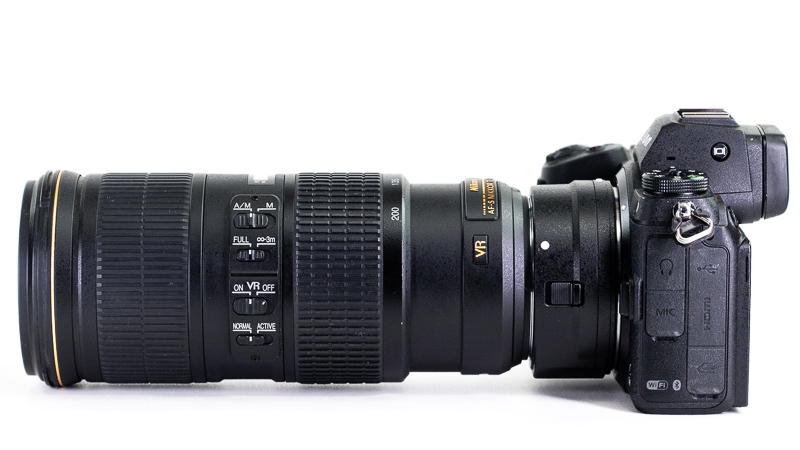
The autofocus utilises Silent Wave Motor (SWM) technology, and the minimum focusing distance is one meter. It is reasonably fast and accurate even for sports. In the most demanding situations it does not make wonders, like e.g. when a dog is running in full speed towards you at close distances, it does not fail totally but you will get both miss than hit. I other sport situations it worked more than satisfactory. The lens’s 1 m MFD offers a magnification of 0.274x at 200 mm.
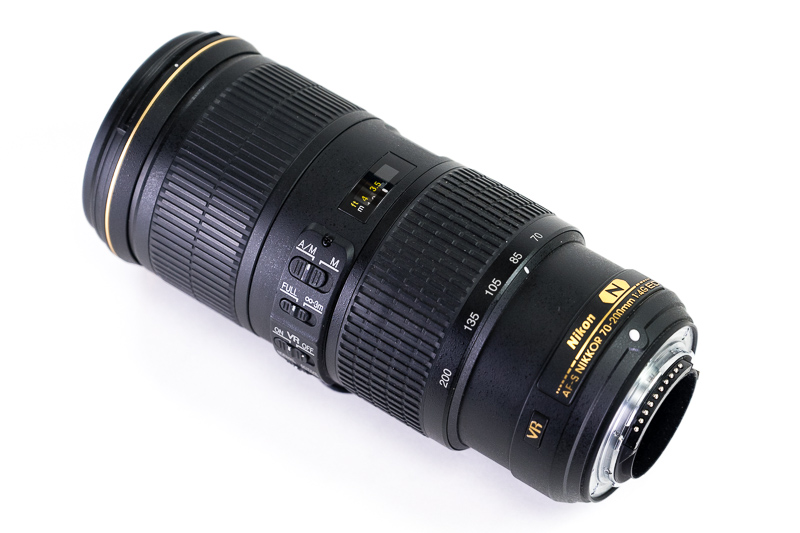
The lens features internal focusing and zooming mechanisms, meaning it doesn’t extend or rotate when changing focus or zoom. While it’s not as heavily sealed as some of the larger, pro-grade f/2.8 lenses, Nikon designed this lens with environmental sealing at critical points, including the mount, to help protect against dust and moisture. . Aside from the plastic front and rear caps, the box includes a substantial lens hood and a soft, velvet-like cloth pouch.
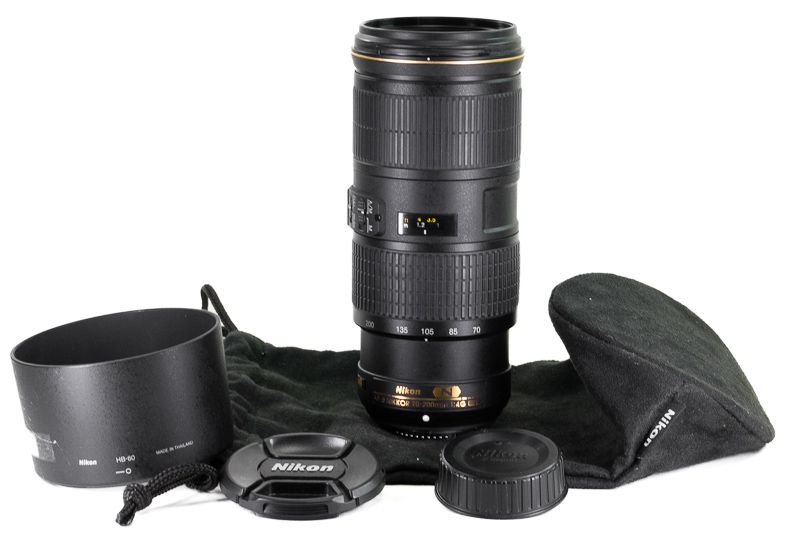
Optical Features
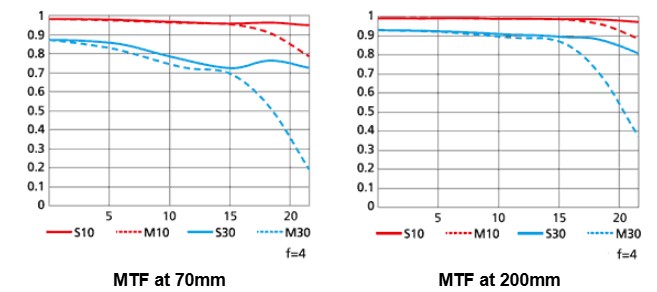
Sharpness (Infinity)
For the infinity sharpness test, we look at three areas of the image, centre, mid-frame, and corner, see highlighted areas in the image below!
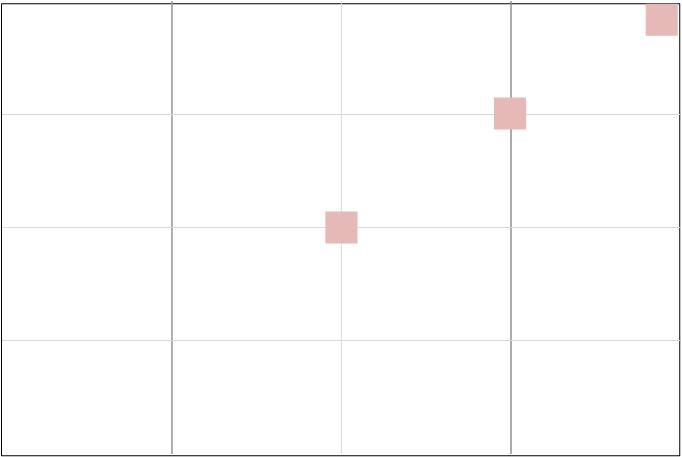
@70mm
At f/4, center sharpness is already excellent, midframe is very good, and corners are good. Stopping down to f/5.6 improves corner sharpness to very good, and by f/8, midframe sharpness also becomes excellent. At f/11 and f/16, sharpness remains very good across the frame. Diffraction starts to have an impact at f/16, becomes more noticeable at f/22, and reduces sharpness the most at f/32. The best center sharpness is achieved at f/5.6, while the best across-the-frame sharpness is at f/8.
@130mm
At f/4 and f/5.6, the lens delivers excellent center sharpness and very good corner sharpness. By f/8, sharpness becomes excellent across the frame. At f/11 and f/16, sharpness drops slightly to very good before diffraction starts reducing it further at f/22 and beyond. Peak center sharpness is at f/4, while peak across-the-frame sharpness is at f/8.
@200mm
At f/4 to f/8, center sharpness remains excellent, while midframe and corner sharpness are consistently very good at all apertures. Peak sharpness is reached at f/8, both in the center and across the frame.
Overall Sharpness Performance
Sharpness is strongest at 135mm and lowest at 200mm. However, the lens maintains very good to excellent sharpness at all focal lengths, across all apertures, and throughout the frame.
Sharpness (Portrait)
Let’s look at the points of interest for portraits at the portrait distance: the very centre, the centre’s inner periphery (1/3 rule intersection), and the centre’s outer periphery (1/4th intersection).
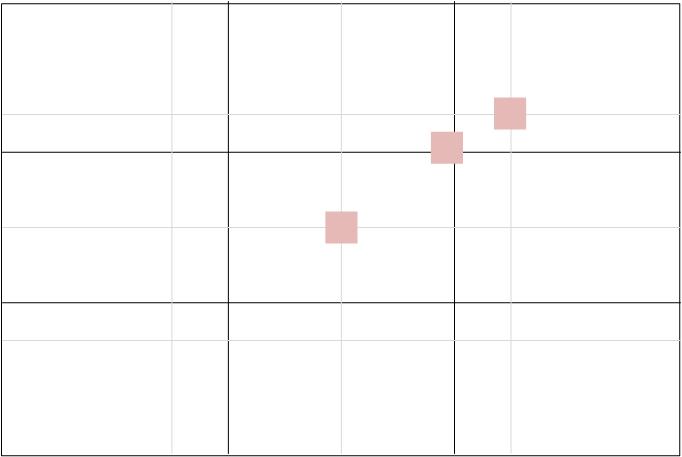
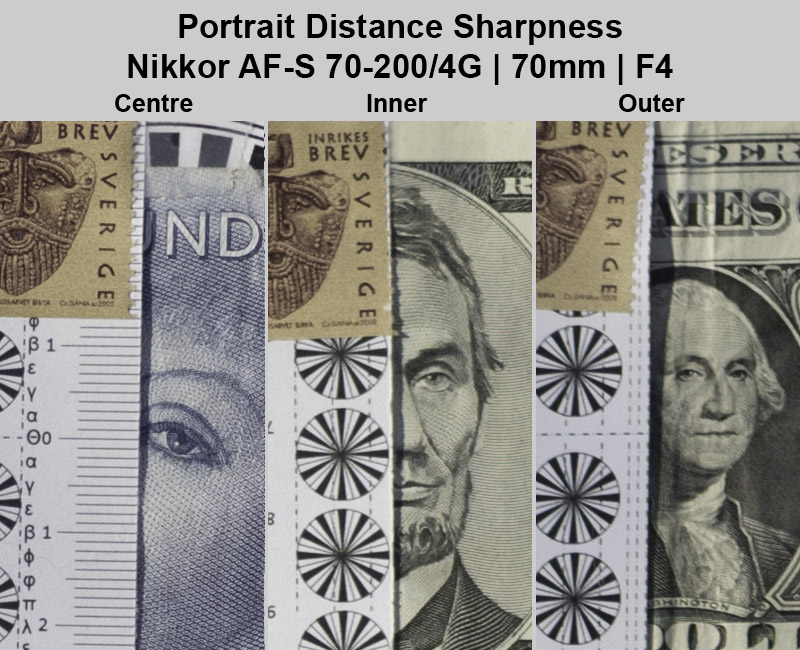
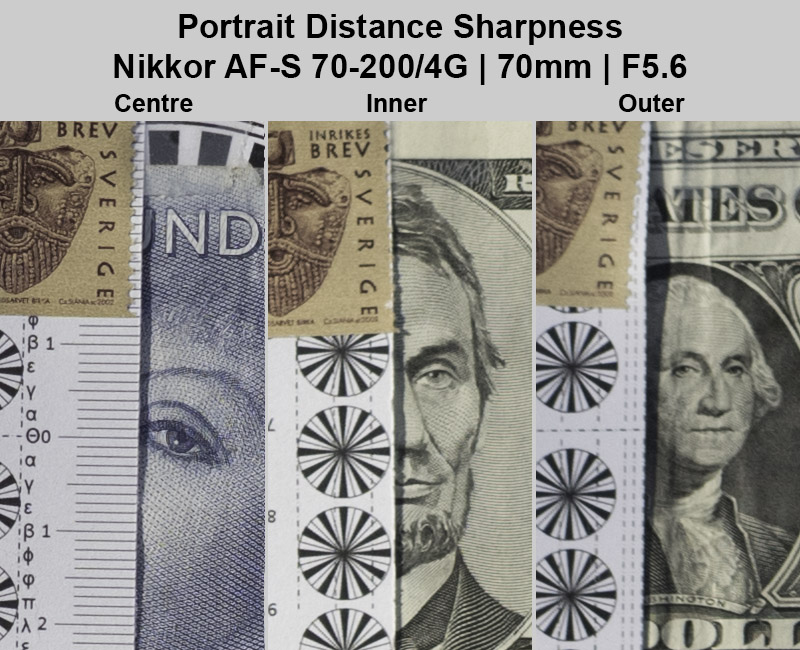
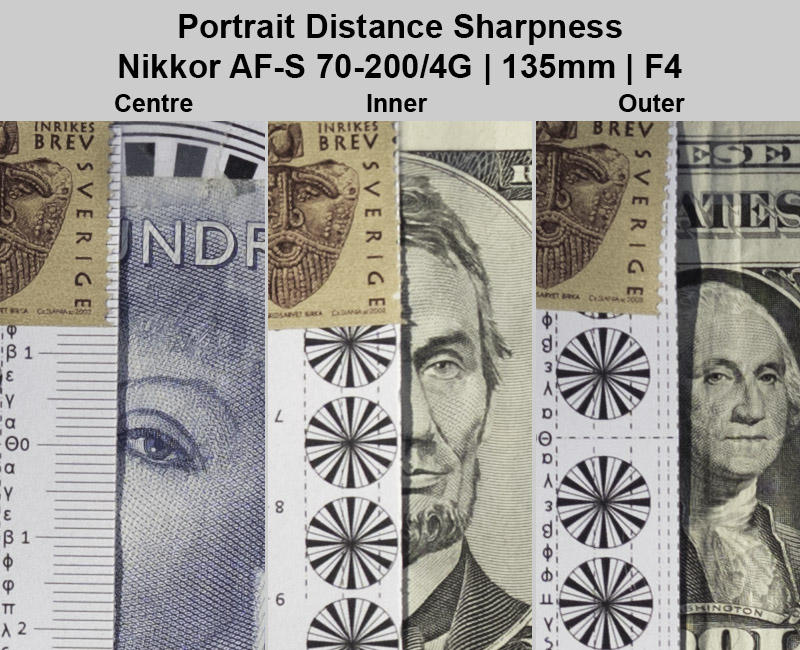
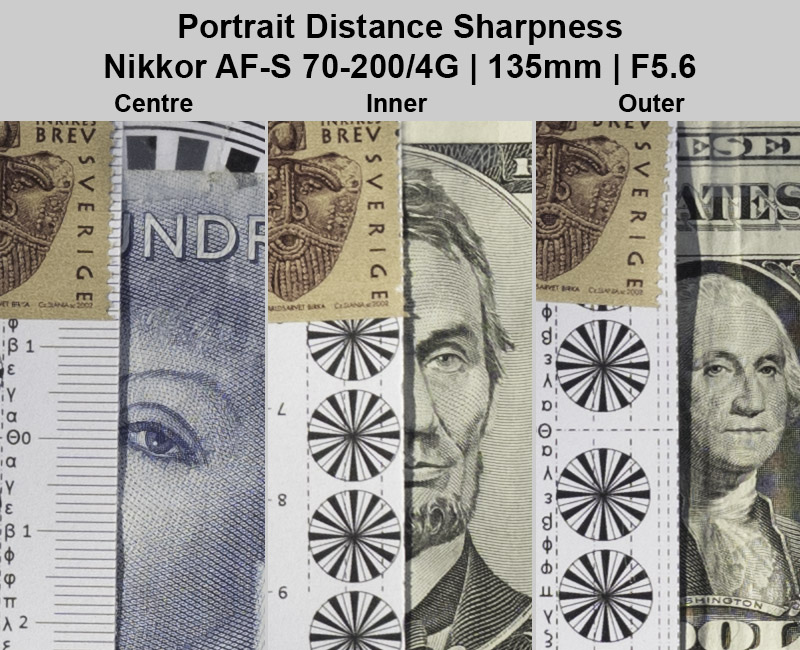
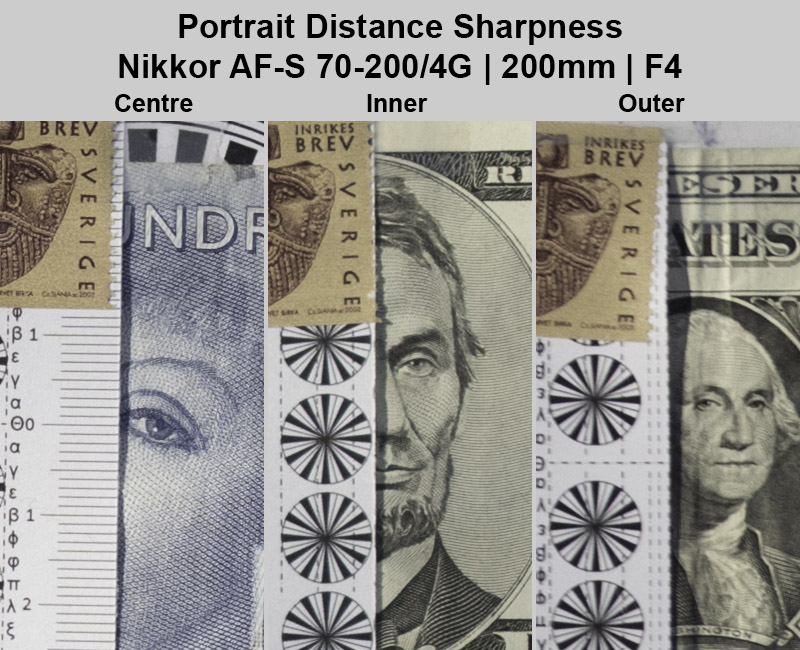
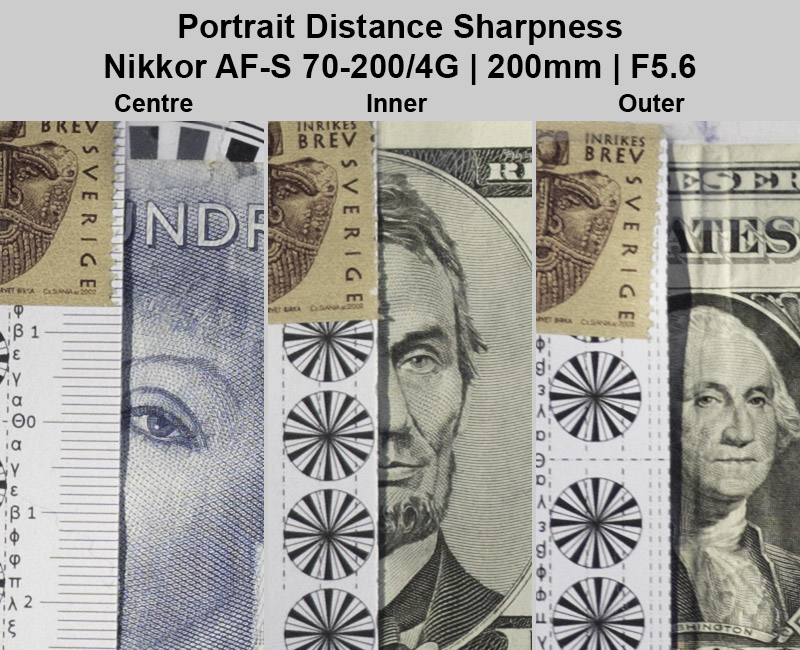
Sharpness is excellent at all focal lengths and across all tested points, starting from f/4. At 200mm, images appear less sharp compared to the other focal lengths, particularly in the outer circle area. Stopping down by one stop results in the most noticeable improvement in sharpness there.
Sharpness (Close-up)
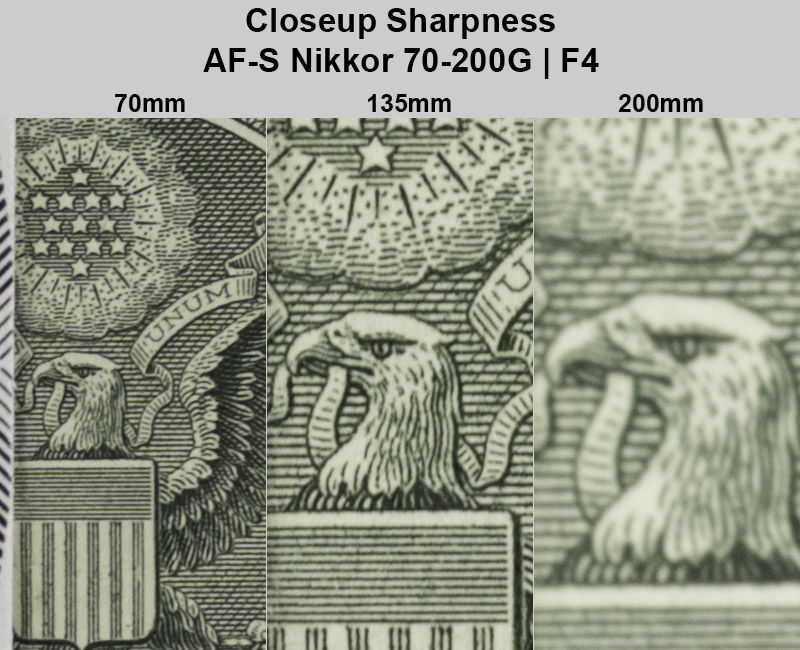
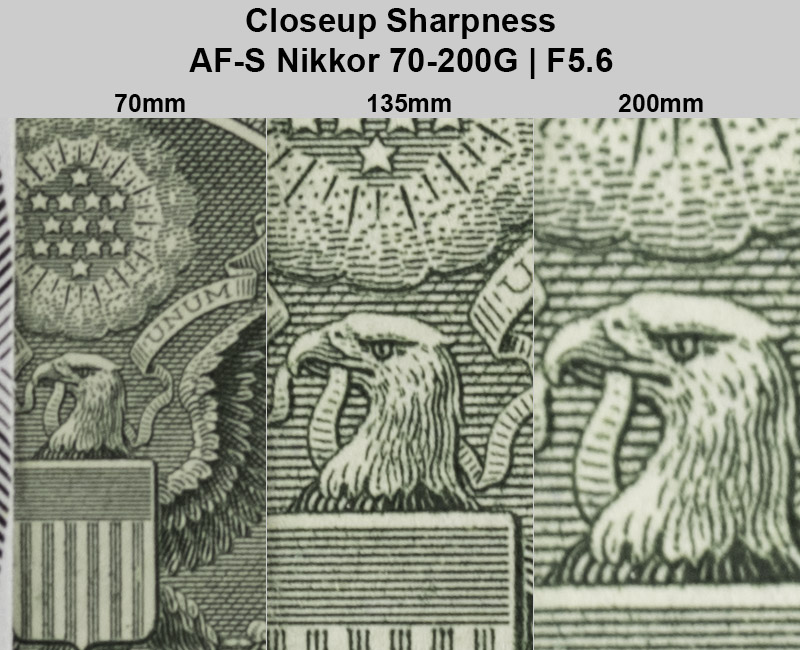
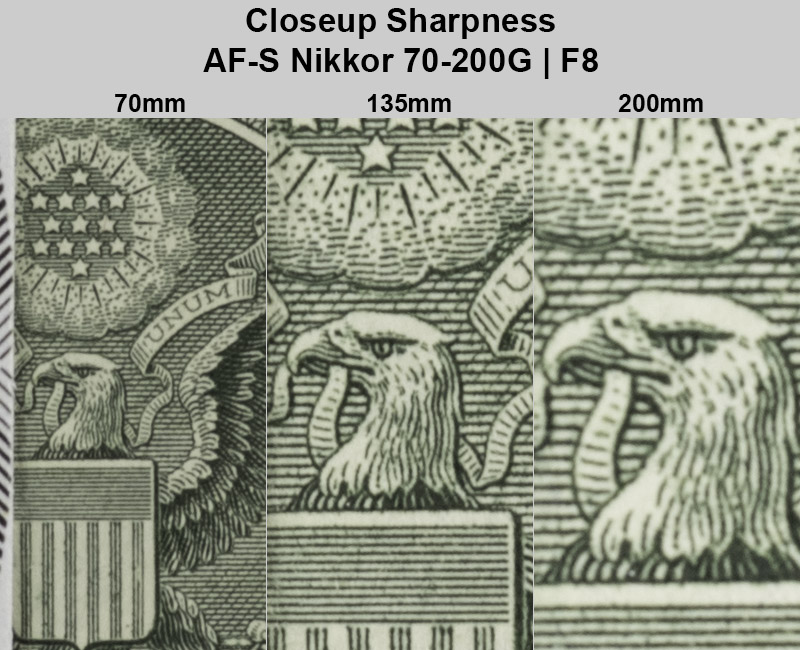
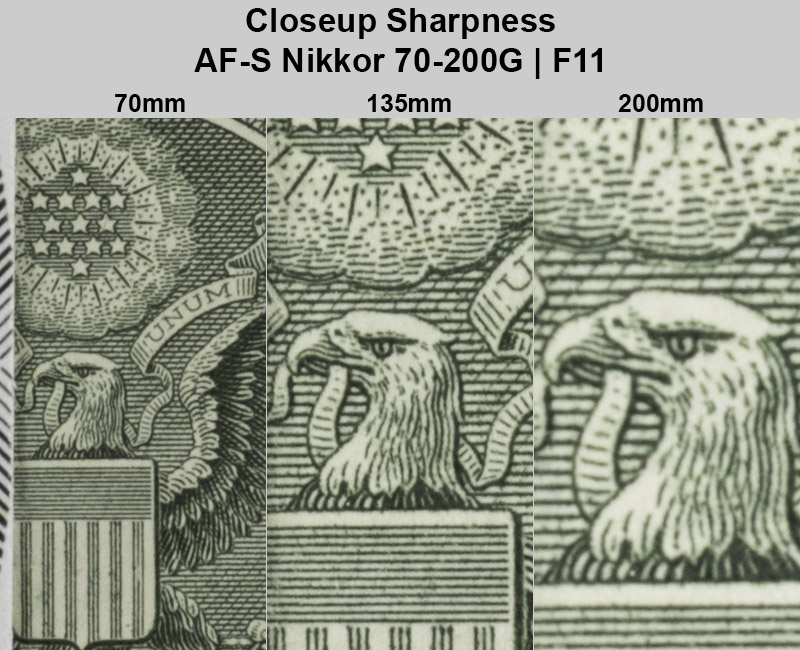
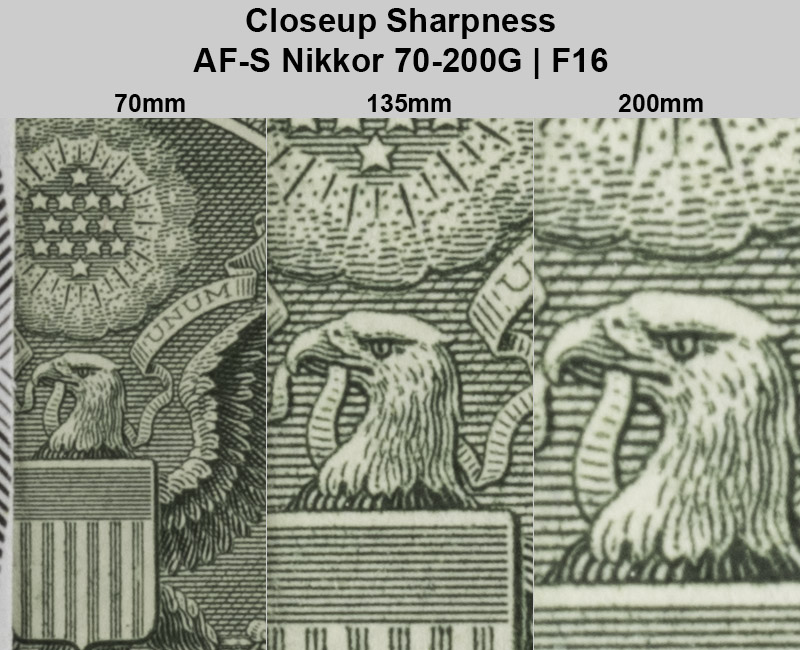
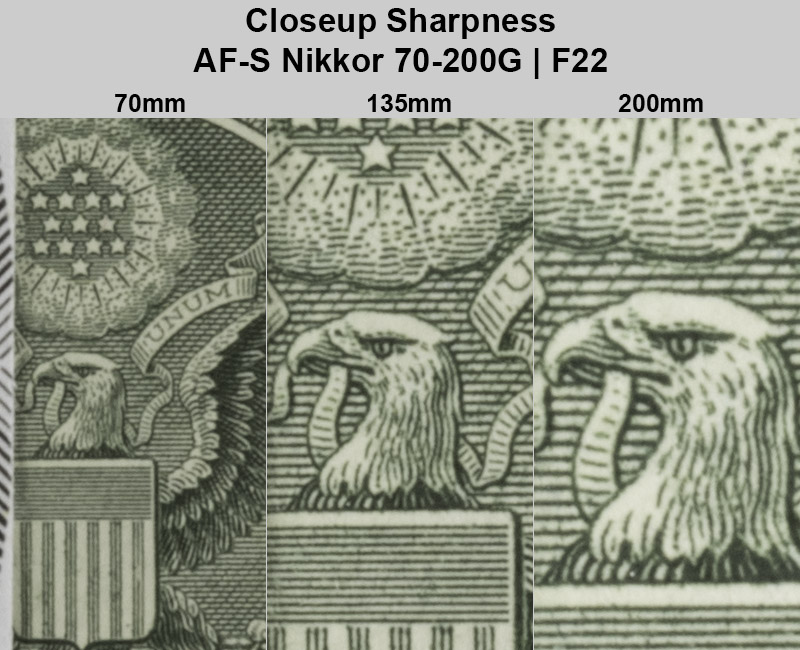
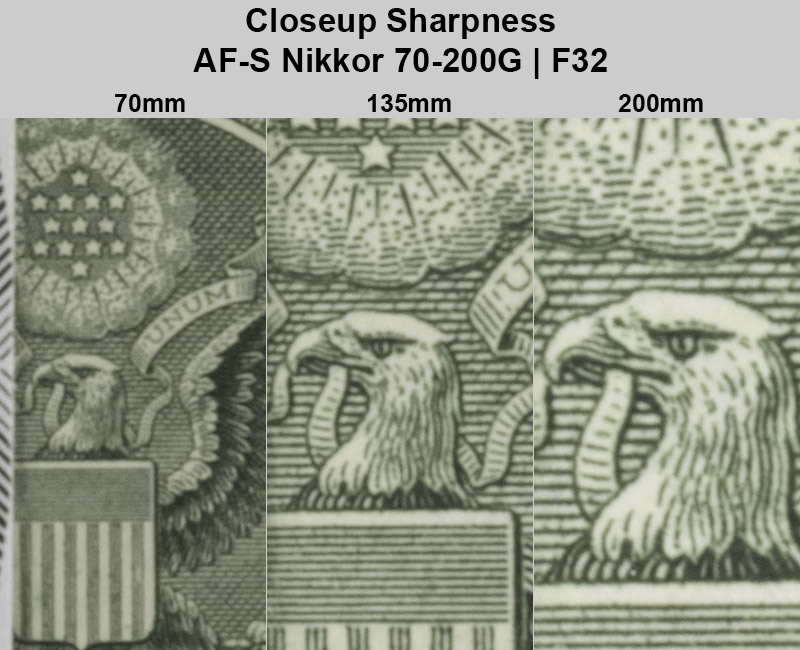
Even at close-up distances, sharpness is excellent at 70mm and 135mm, starting wide open at f/4. However, at 200mm, images appear less sharp, with a slight haze effect over the image.
Stopping down one stop to f/5.6 significantly improves sharpness at 200mm. From f/5.6 to f/11, sharpness remains consistent across the frame. At f/16, sharpness decreases slightly but remains excellent. Diffraction becomes more noticeable at f/22 and f/32, further reducing sharpness, though it remains good.
Lens Distortion
Camera distortion control was off during the tests. The Nikon AF-S 70-200/4G shows visible barrel distortion at the wide end (70mm), and visible pin cushion distortion at the tele end (200mm) , which requires +7 respective -7 to correct n LR or PS. All in all, it is a decent performance.
Vignetting
At 70mm, vignetting control is quite effective. Even at f/4, light fall-off is only noticeable in homogeneous lighting conditions, such as snowy or overcast scenes with a lot of sky in the frame. From f/5.6 onward, vignetting becomes negligible.
At 135mm, vignetting is more pronounced. At f/4, it is relatively strong, but it reduces to a moderate-to-low level from f/5.6 onward.
At 200mm, the vignetting performance falls between that of 70mm and 135mm. At f/4, there is noticeable light fall-off, though less than at 135mm f/4. By f/5.6, it becomes manageable, and from f/8 onward, it is negligible.
Nikon Z camera vignette control was set to “Normal” during the tests.

Focus Shift & Aberrations
The Nikon AF-S Nikkor 70-200mm f/4G suffers from spherical aberrations at its longest focal length, 200mm. This negatively affects sharpness, making it less sharp at 200mm than at other focal lengths, especially at f/4. In the following series, you can observe a slight focus shift at 200mm, which is a common sign of spherical aberrations. Additionally, the f/4 sharpness at 200mm appears slightly hazy but improves significantly when the aperture is stopped down by just one step—another indication of spherical aberration.
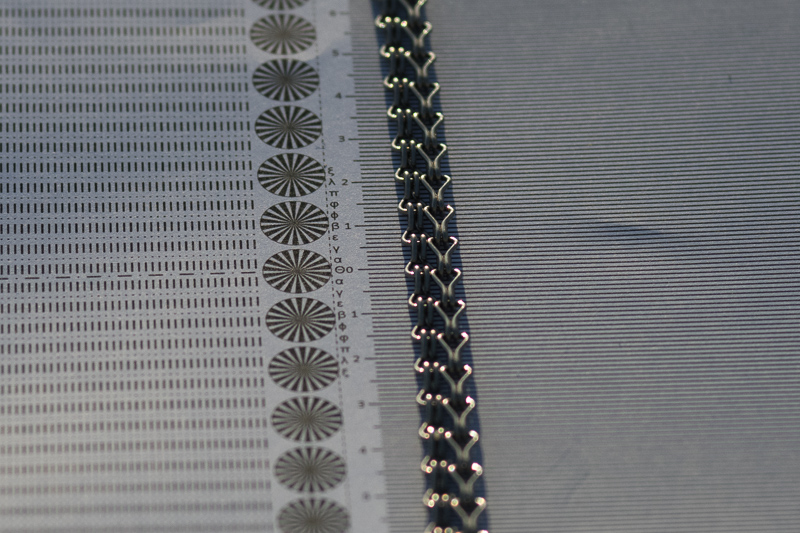
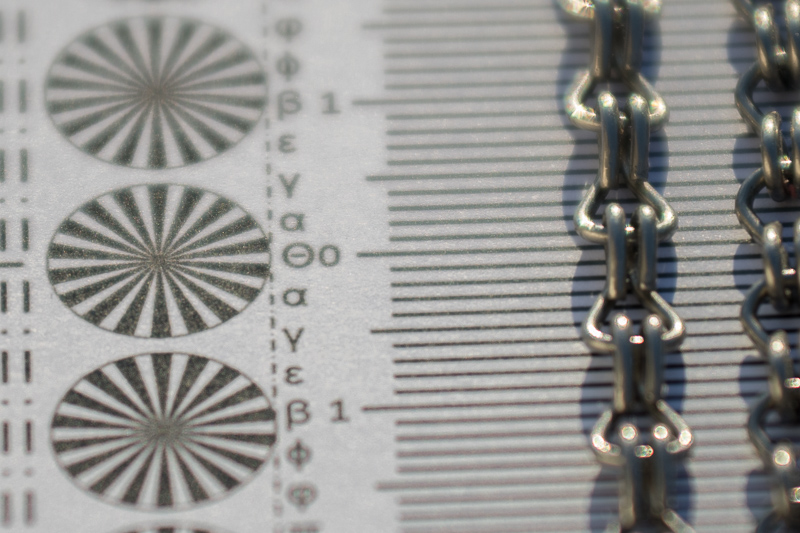

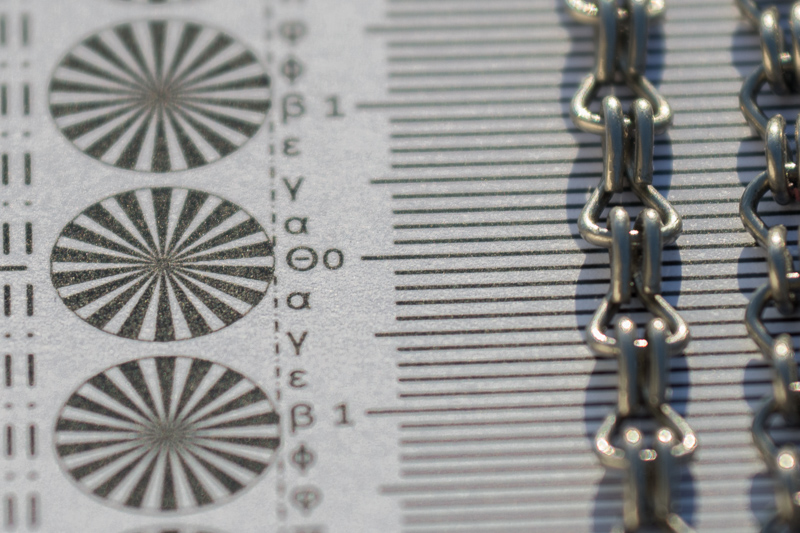
There is a modest amount of longitudinal chromatic aberrations. It is very small though and will not be noticed in most cases.
Lateral chromatic aberration is very well corrected as you can see in the following 100% cropped images from image corners.
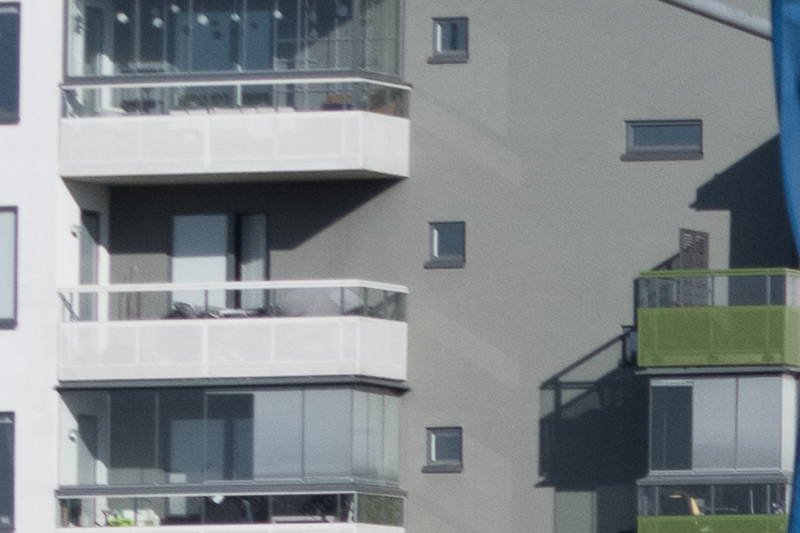
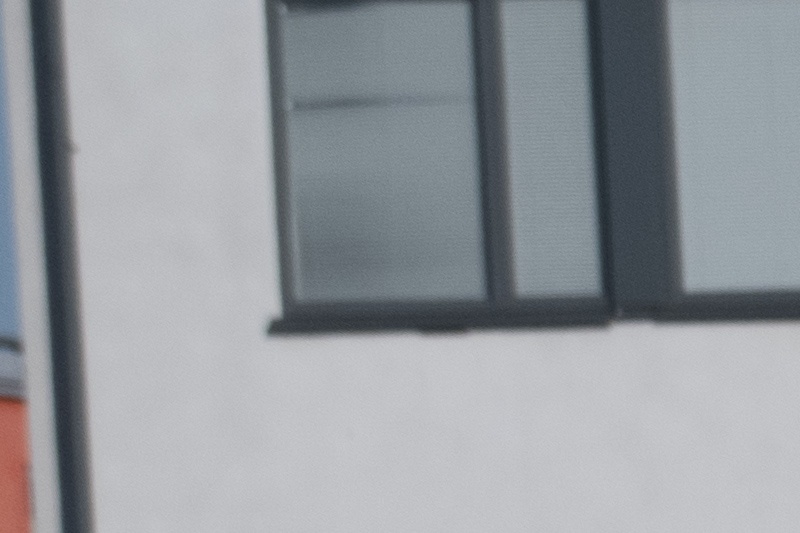
Flare Resistance
Zoom lenses are generally more prone to flare and glare, especially those with complex optical designs featuring numerous glass-to-air surfaces—like this one. Nikon applied its best coating technology to this lens, similar to what’s used on its top-tier professional models, and it does help to some extent. In certain conditions, even with the sun in the frame, flare is well controlled and contrast remains intact.
That said, the lens still contains 28 internal glass-to-air surfaces, which inevitably limits how effective the coatings can be. In more demanding lighting situations—like shooting into a strong point light source at certain angles or with the sun just outside the frame—flares and veiling glare can still show up noticeably.
Coma
There is a very small, negligible amount of coma at wider focal lengths, which does not affect image quality. Overall, coma correction is quite good.
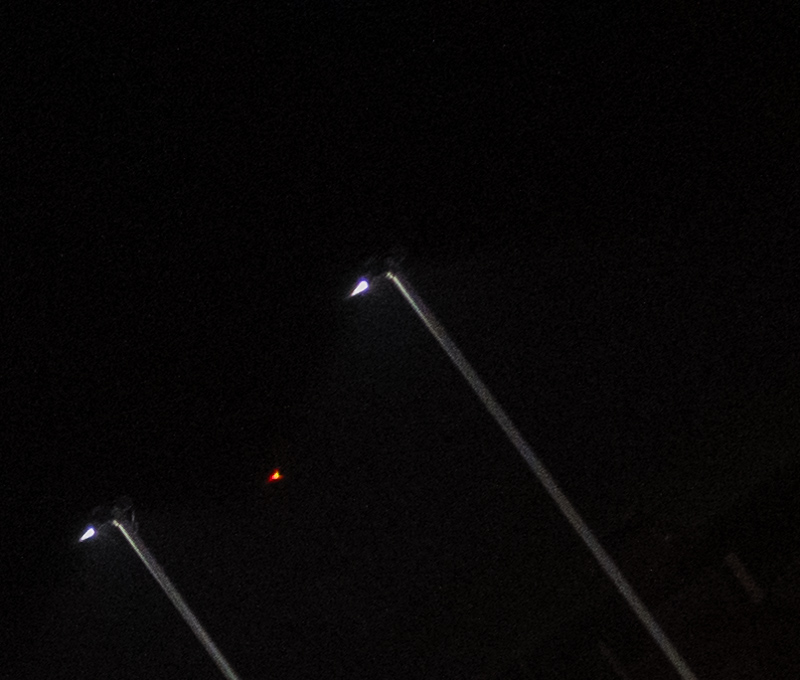
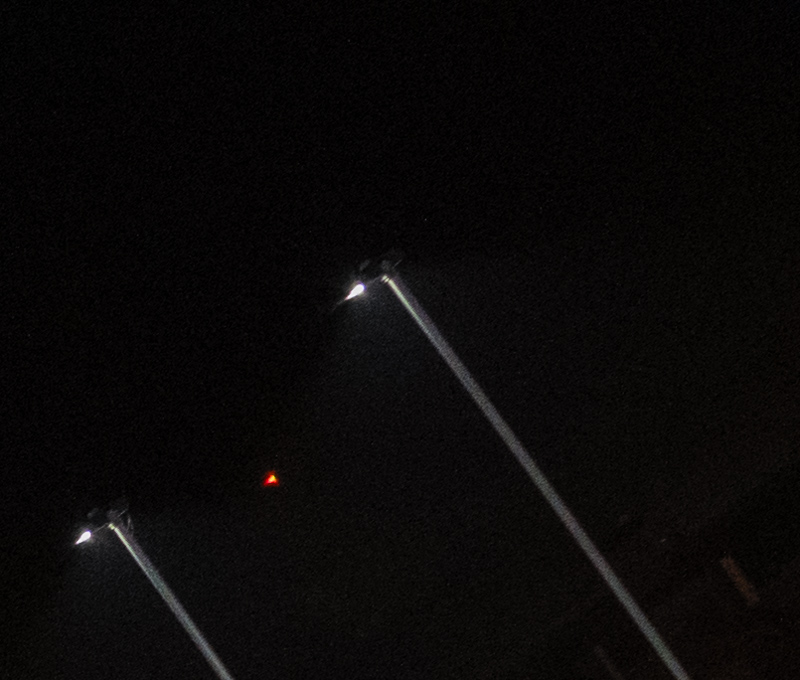

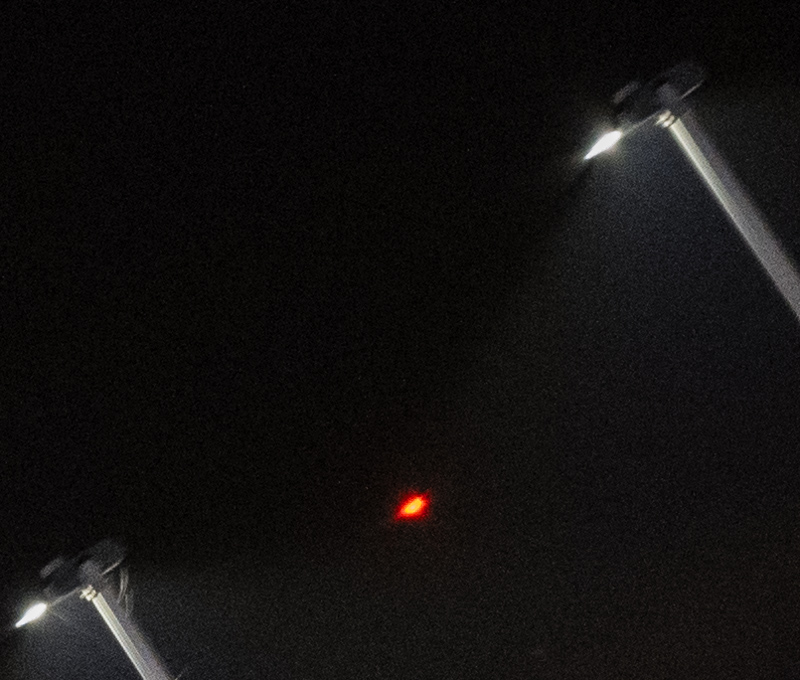
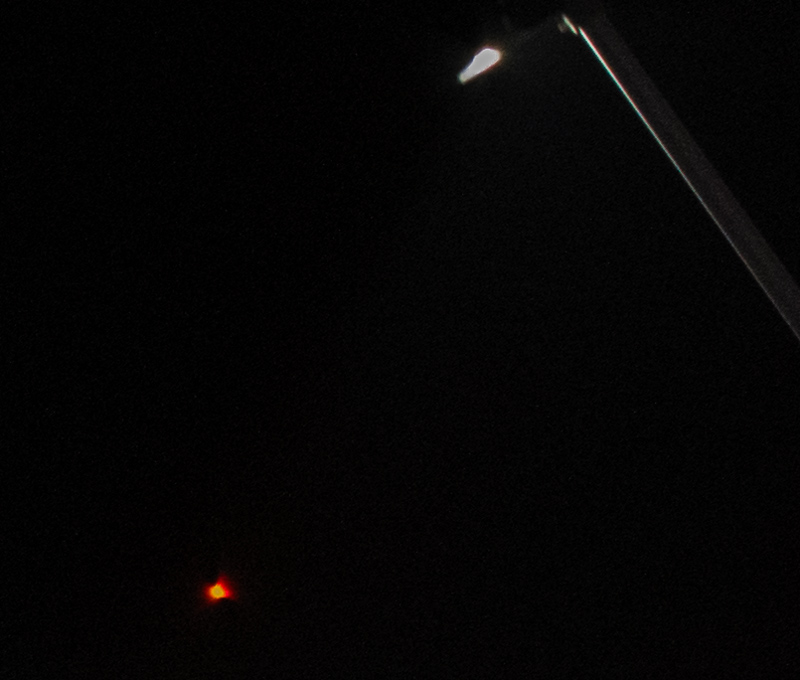
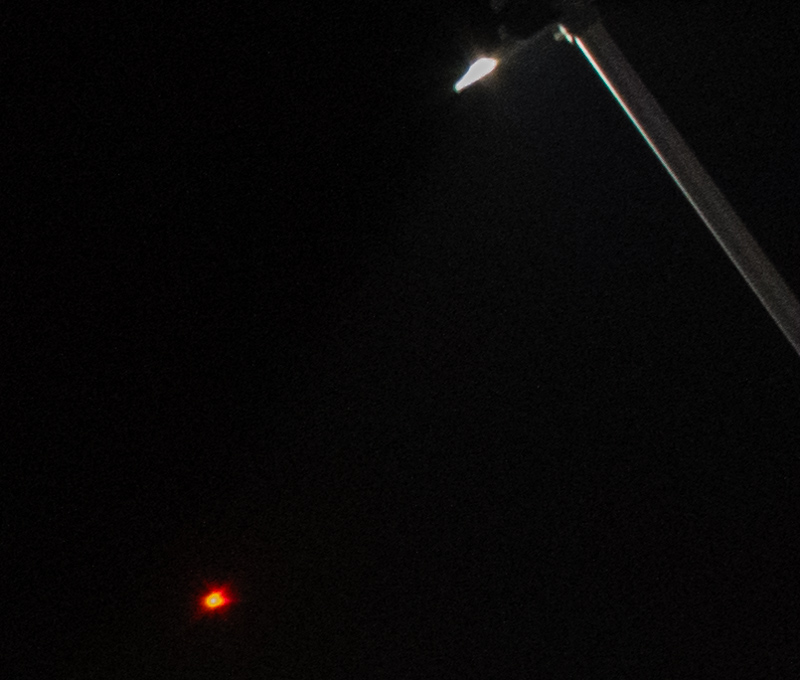
Sunstars
Sunstars are not a strong feature of this lens. In general, telephoto lenses do not produce pronounced sunstars, and this one, with its 9 rounded aperture blades, is no exception. Like many other telephoto zooms, its sunstar performance is relatively poor.
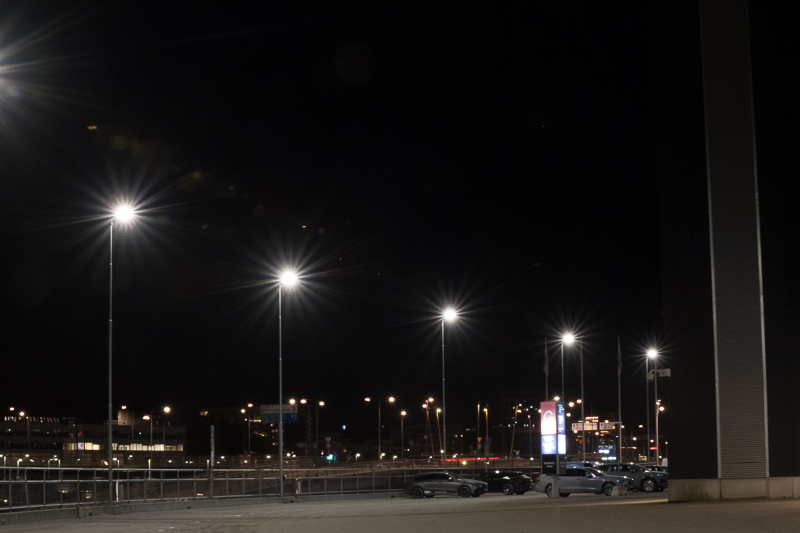
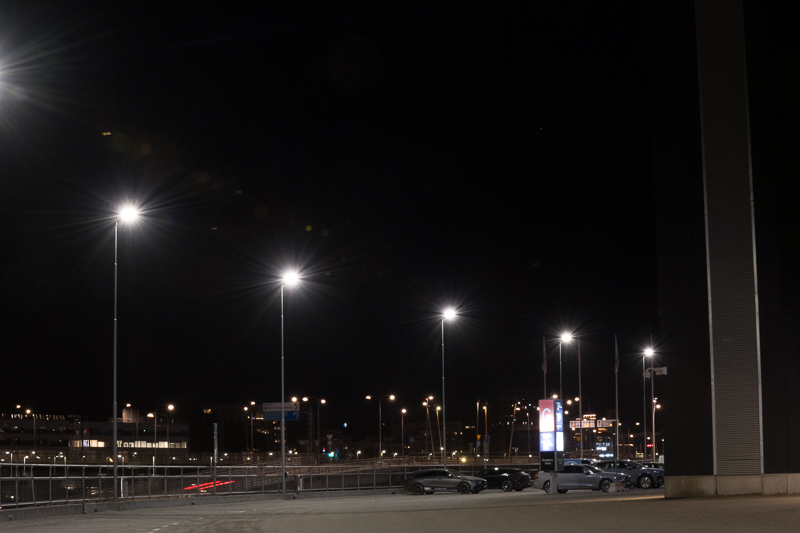
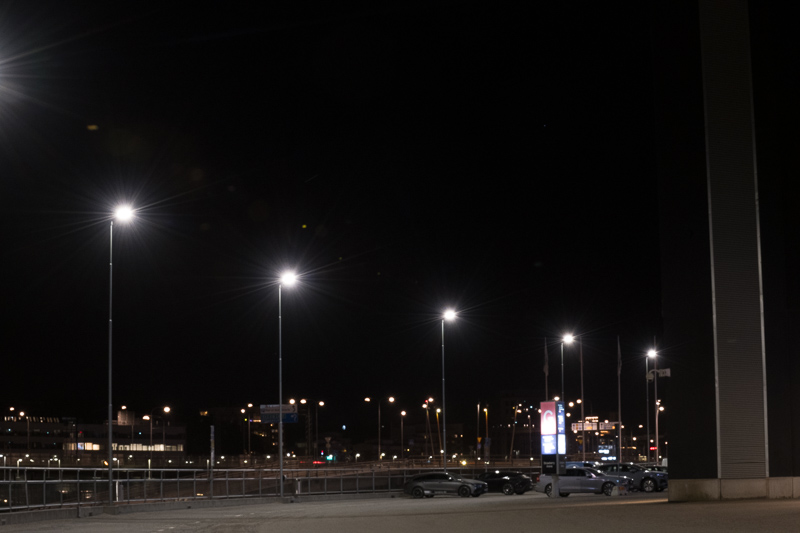
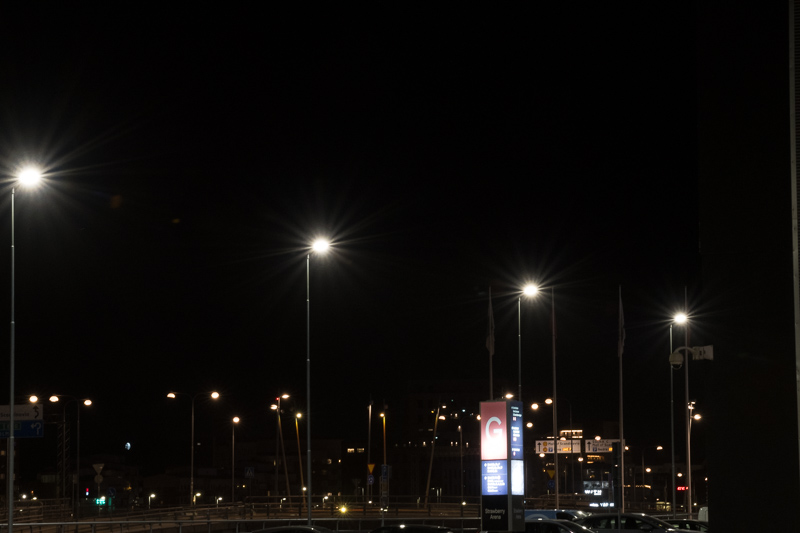
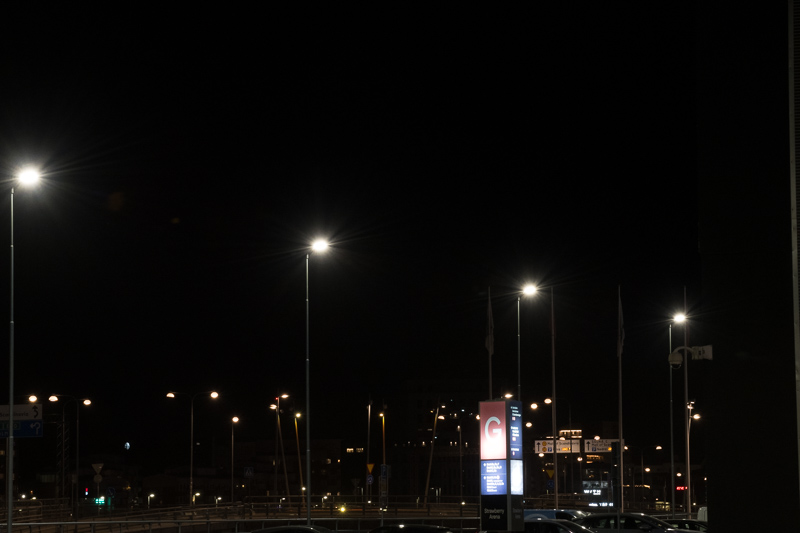
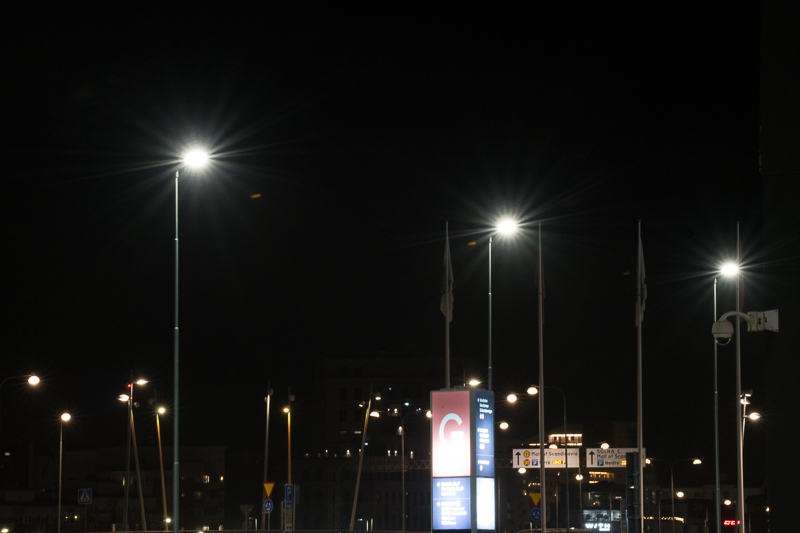
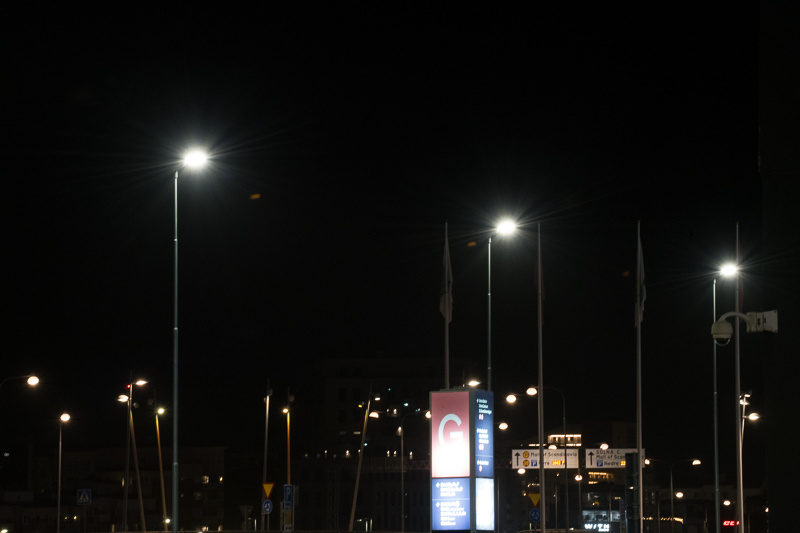
Focus Breathing
The Nikon AF-S 70-200/4G VR suffers from focus breathing, but again it is not worse than other telephoto zoom lenses in this category.
Bokeh
First a quick look at the bokeh highlights.
Clean and evenly lit bokeh highlights without hard edges or onion rings are nice, but some halo can bee seen at parts of the edges, especially outside the centre area and also quite pronounced optical vignetting. An interesting observation is that except for 200mm the aperture is a little closed at F4 (wide open), most probably for keeping the lens aperture fixed through the zoom range.
And now, let’s have a closer look at the background blur at different distances!
Short Distance


Mid-Distance


Long Distance
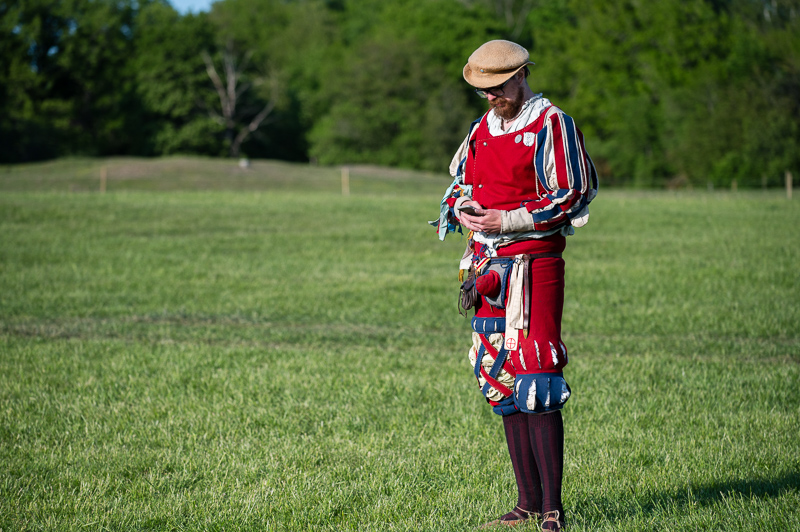
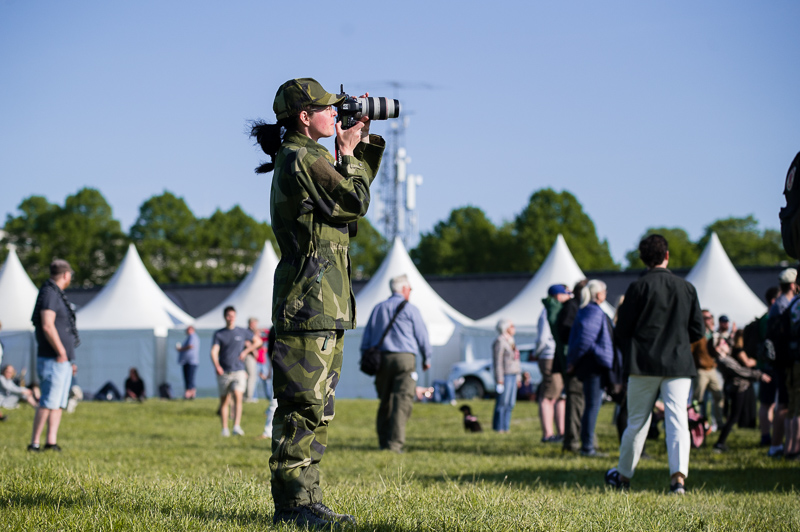


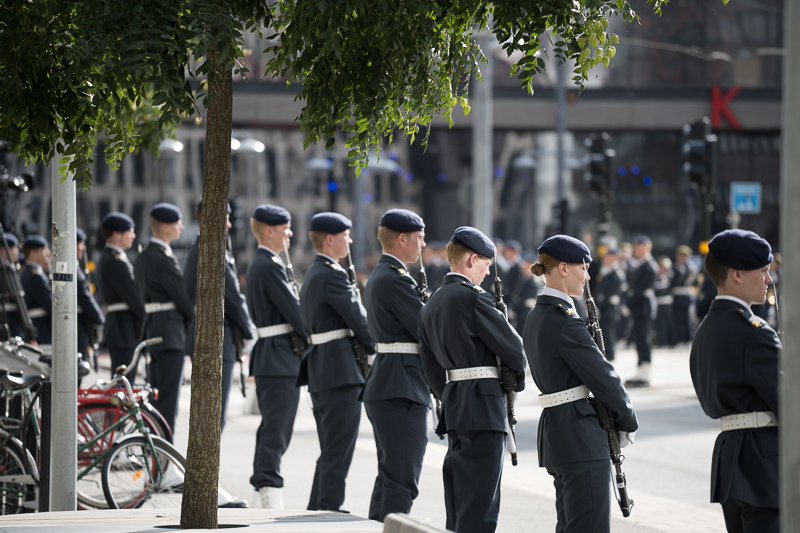

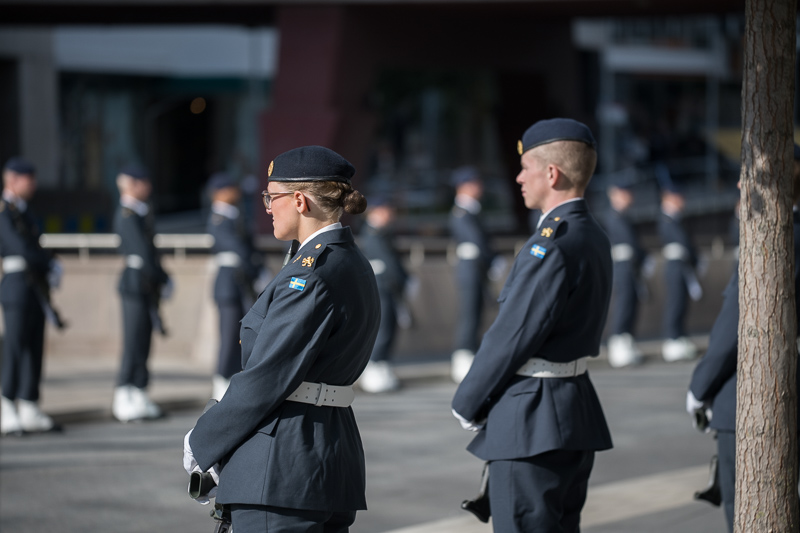

Many assume that a lens with an f/4 maximum aperture cannot produce nice, creamy bokeh. Well, I have some surprising news for them—this is one of the lenses that proves the opposite. Of course the telephoto compression helps a lot here.
Conclusion
| I LIKE | AVERAGE | I DON’T LIKE |
| Sharpness Distortion Vignetting Chromatic Aberrations Coma Bokeh Build quality Handling |
Flare resistance Focus breathing Autofocus performance |
Sunstars Spherical aberration @200mm |
Overall, this is a lightweight telephoto zoom lens with solid performance. There’s a lot to like, as you can see in the like/dislike table, with only a few minor downsides—very few of which, if any, are exclusive to this lens. This lens delivers excellent sharpness from center to corner, beautiful color rendition, fast autofocus, and highly effective vibration reduction. In some areas, it even outperforms the high-end Nikon 70-200mm f/2.8G VR. Thanks to its much shorter minimum focus distance, it’s actually the better choice for photographing small subjects up close.It is also very usable on APS-C cameras giving an equivalent focal length of about 100-300mm.
It’s no longer in production, but you can still buy it new at shops that have it in stock and you can find it relatively cheap in the used market. Nikon doesn’t offer a Z mount version, so if you’re looking for a Nikon lens with these specs at this price, the used market is your best option. I’ve owned this lens for a few years, and it’s been a joy to use, even though it’s a legacy piece from my DSLR days.
Writing articles like this one is both time-consuming and costs us a lot of money. If you found this article helpful and decided to buy one of these lenses, please consider using one of the affiliate links.
If you are not interested in buying any of the lenses, but you still found this article useful, interesting, or it saved you a lot of money, treat us to a coffee (donate)!
| Buy new: B&H, Amazon (anywhere) for $799 (Affiliate links) Buy used: eBay.com, eBay.de, eBay.co.uk from $338 |
Alternatives
All the lenses in the following list were released after the reviewed lens.
Tamron 70-210mm F4 Di VC USD
July 2018, F mount, you need an FTZ adapter for using it on Nikon Z. cameras.
Buy new: amazon (anywhere) for $390 (Affiliate links)
Buy used: ebay.com, ebay.de, ebay.co.uk from $ (Affiliate links)
Tokina AT-X 70-200mm F4 PRO FX VCM-S
from May 2014, F mount, you need an FTZ adapter for using it on Nikon Z.
Buy new: amazon (anywhere) for $515 (Affiliate links)
Buy used: ebay.com, ebay.de, ebay.co.uk from $340 (Affiliate links)
Nikon Z 70-180 F2.8
Native Z-mount, available in Sony E mount too. This is a re-housed Tamron lens available in the Nikon Z mount. It’s 55g lighter and 28mm shorter than the reviewed lens, and since it’s a native Z mount, there’s no need for an adapter. It also offers the advantage of being one stop faster. However, it does fall 20mm shorter on the long end of the telephoto range. While this lens can certainly be an alternative, even used, it’s about double the price of the reviewed lens and it cannot be use on DSLR cameras.
Buy new: amazon (anywhere), B&H for $1247(Affiliate links)
Buy used: ebay.com, ebay.de, ebay.co.uk from $1200 (Affiliate links)
Canon RF 70-200 F4L IS USM
Latest Canon RF version from Nov 2020. The lightest, shortest, and newest of all the lenses in the list but with the largest diameter.
Buy new: amazon (anywhere), B&H for $2599 (Affiliate links)
Buy used: ebay.com, ebay.de, ebay.co.uk from $1200 (Affiliate links)
Canon EF 70-200mm F4L IS II USM
Latest Canon EF version from July 2018
Buy new: amazon (anywhere) , B&H for $2099 (Affiliate links)
Buy used: ebay.com, ebay.de, ebay.co.uk from $988 (Affiliate links)
Sony FE 70-200mm 4 G OSS II
Newest 70-200/4 from July 2023
Buy new: amazon (anywhere), B&H for $1698 (Affiliate links)
Buy used: ebay.com, ebay.de, ebay.co.uk from $1100 (Affiliate links)
Sony FE 70-200mm F4 G OSS
Predecessor the aforementioned lens from Oct 2013
Buy new: amazon (anywhere), B&H for $1198 (Affiliate links)
Buy used: ebay.com, ebay.de, ebay.co.uk from $690 (Affiliate links)
More Sample Images
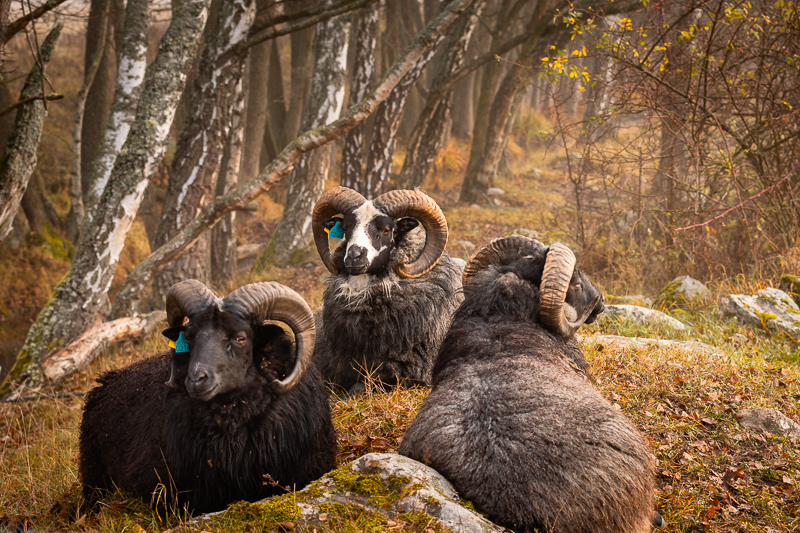

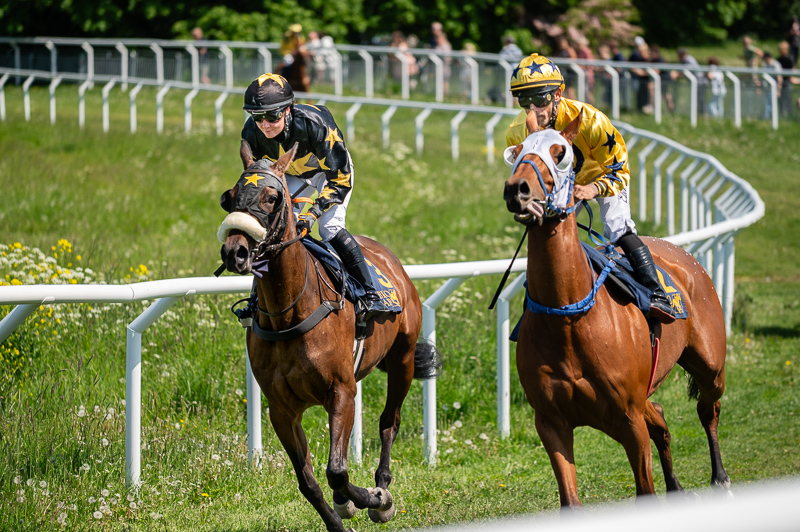



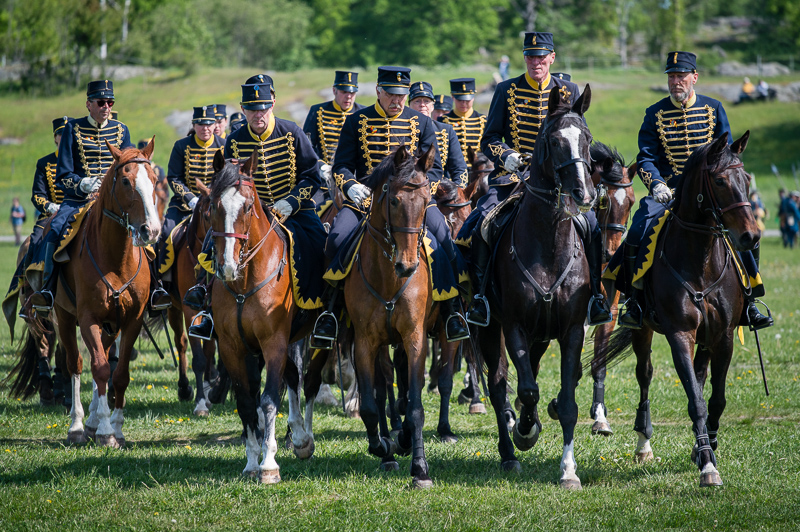
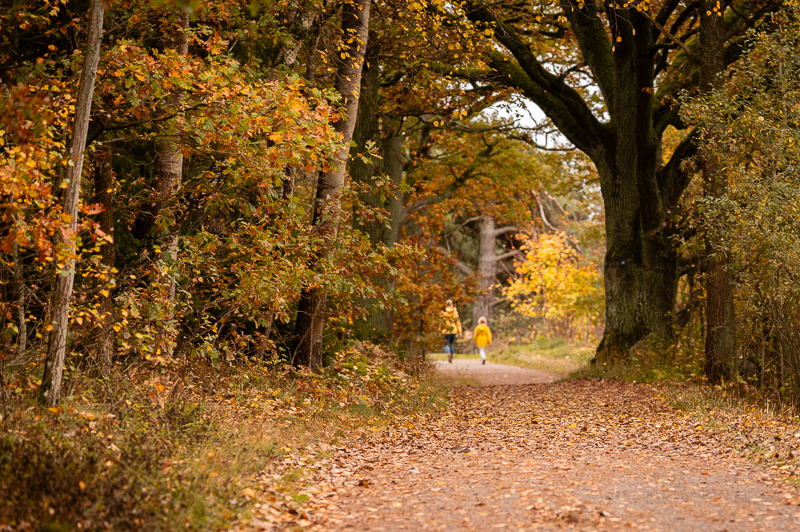

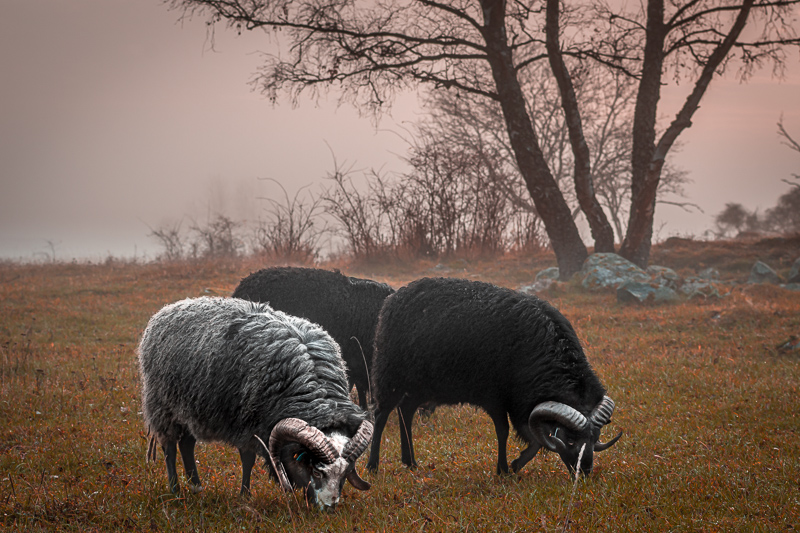

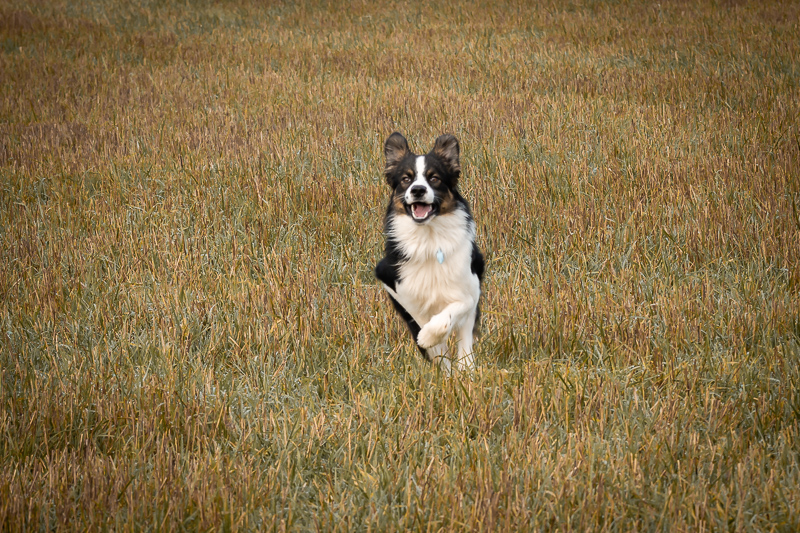



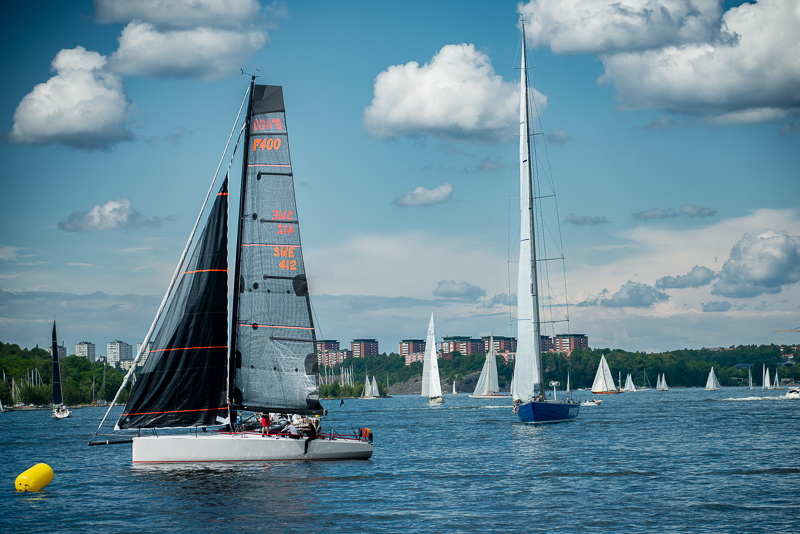


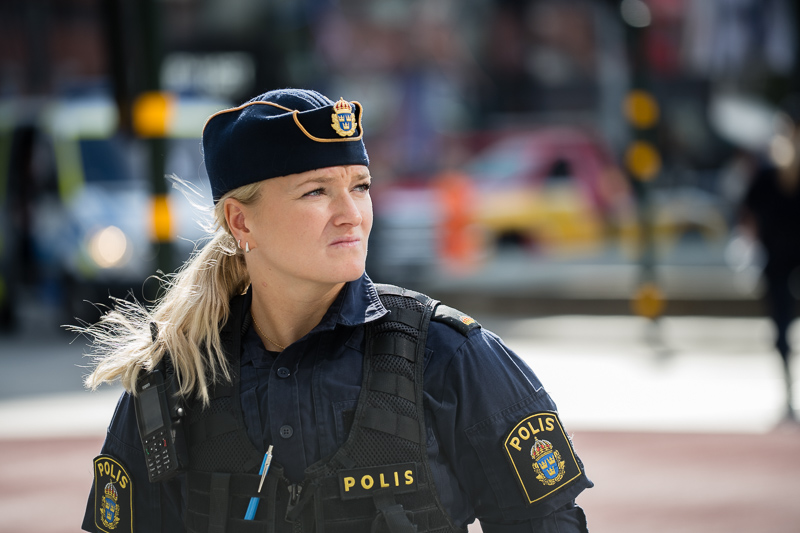

Most of the sample images in this review and many more can be found in higher resolution here.
Further Reading
What camera gear and accessories do I use most frequently?
Support Us
Did you find this article useful or did you just like reading it? It took us a lot of time and money to prepare it for you. Use the Donate button to show your appreciation!
![]()

(Donations via Paypal or bank card)
What’s in my camera bag? MY 2024 KIT!!
- Main camera : https://amzn.to/3TsGtKg
- Camera grip : https://amzn.to/4e0G3CR
- Memory Card 1: https://amzn.to/47pA20i
- Memory Card 2 : https://amzn.to/3XHYxlZ
- Camera 2 : https://amzn.to/3Xifou8
- Camera grip: https://amzn.to/4dYYpV9
- Memory card 1: https://amzn.to/4e5h2H0
- Memory card 2: https://amzn.to/3zu7W7n
- Small travel tripod: https://amzn.to/4goIX68
- Mini tripod: https://amzn.to/4e09XXX
- Small shoulder bag: https://amzn.to/47tPMiY
- Medium shoulder bag: https://amzn.to/4ej4bjY
This site contains affiliate links, for which I may receive a small commission if you purchase via the links at no additional cost to you. This helps support the creation of future content.
Martin
Latest posts by Martin (see all)
- REVIEW: 7Artisans AF 35mm f/1.8 - October 15, 2025
- REVIEW: Nikon AI Nikkor 24mm f/2 - October 12, 2025
- REVIEW: Viltrox Spark Z3 Flash - October 10, 2025
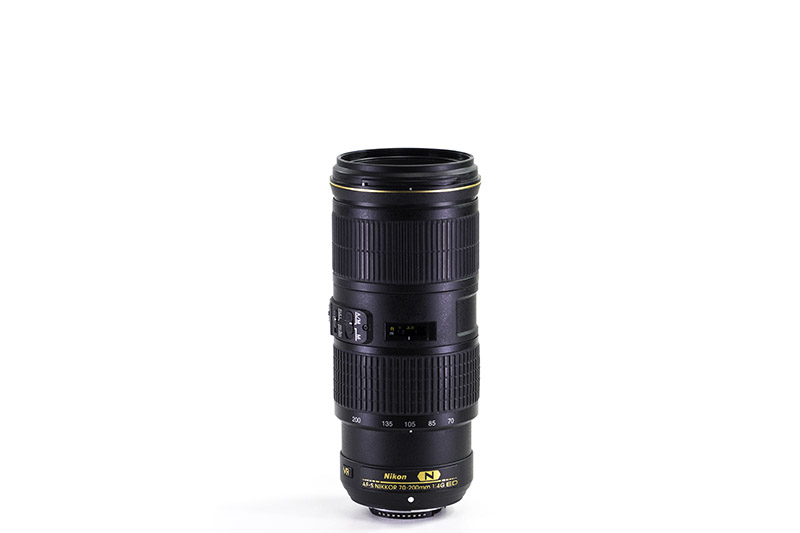
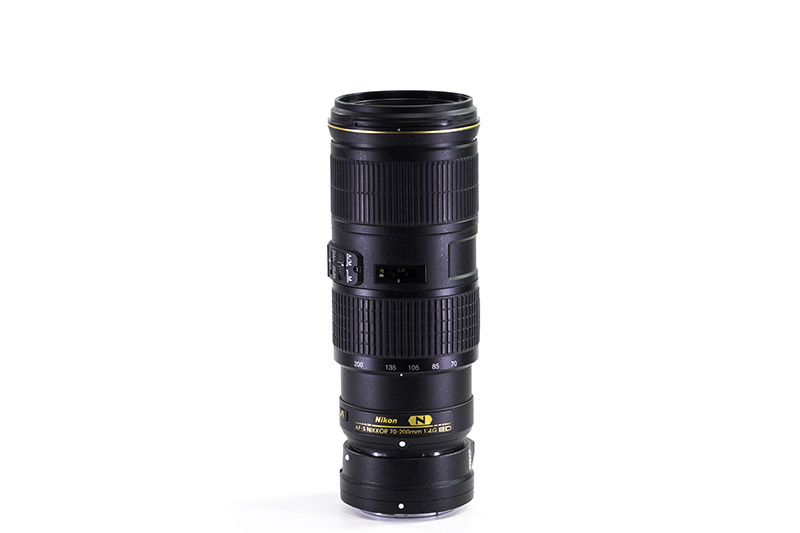
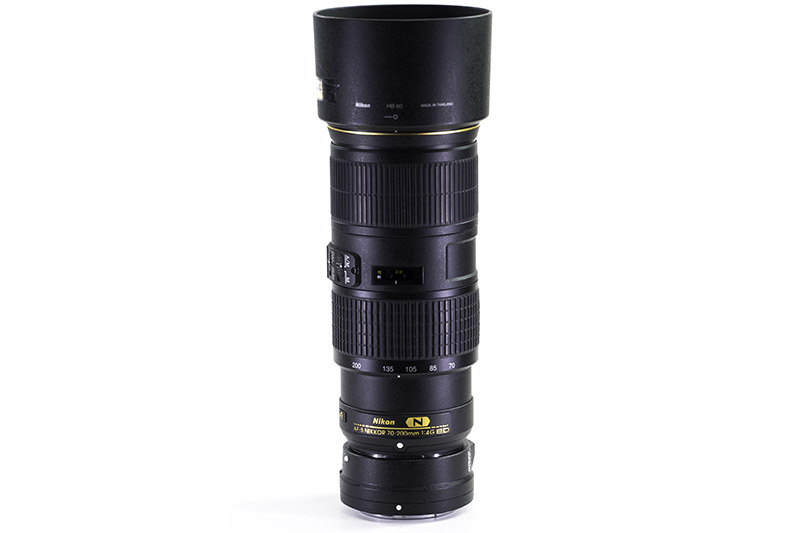

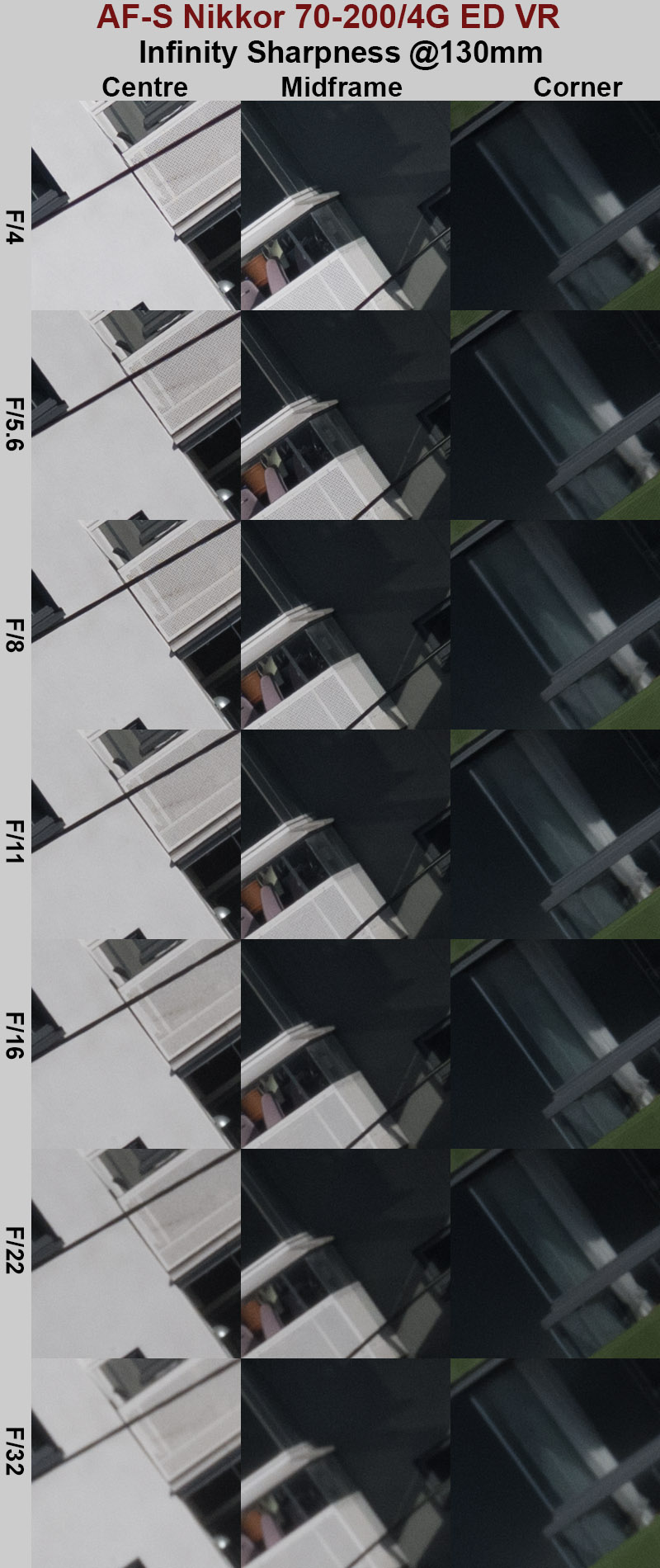
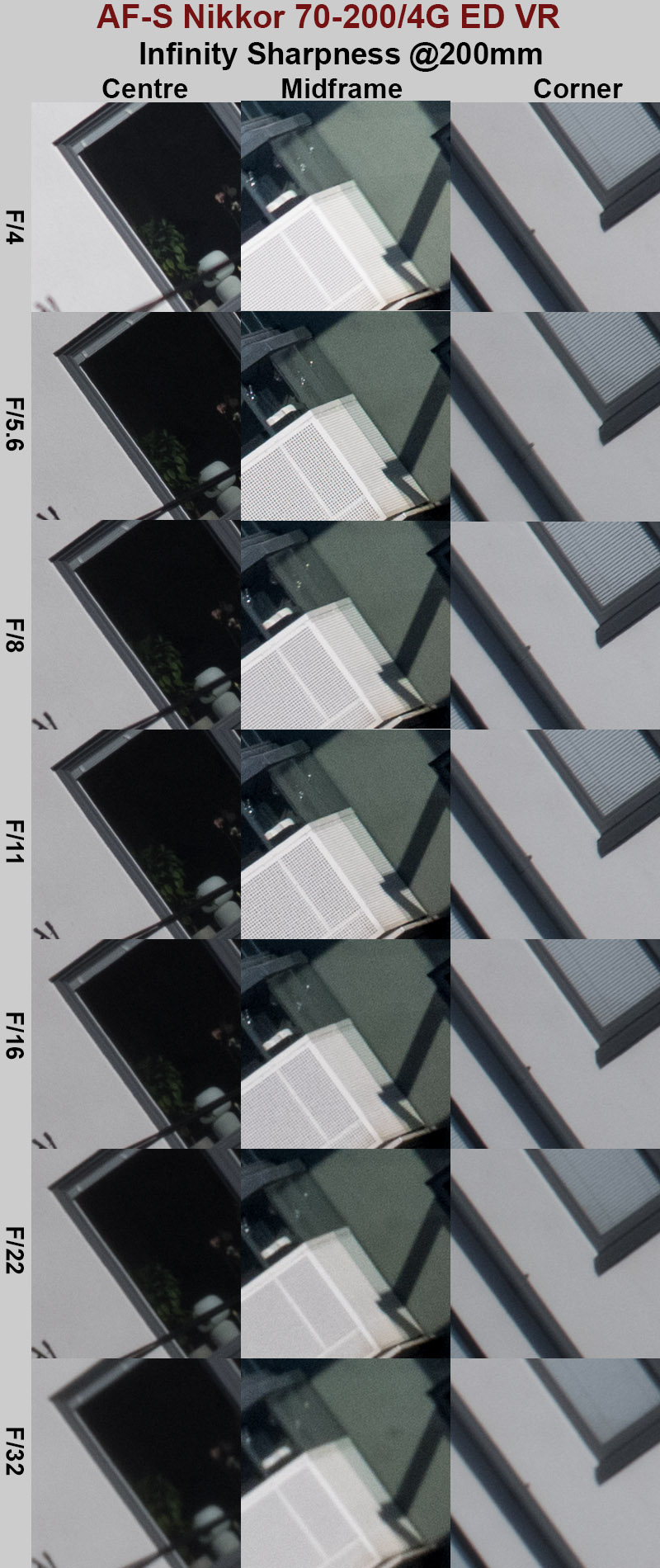
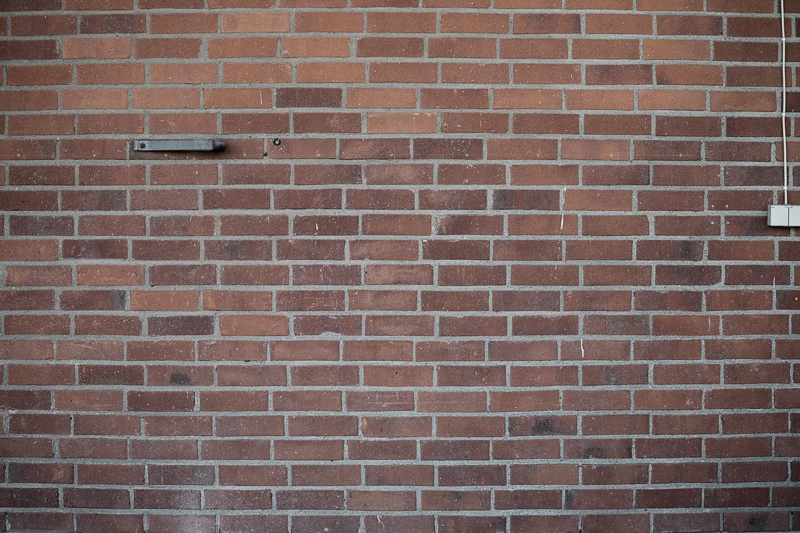


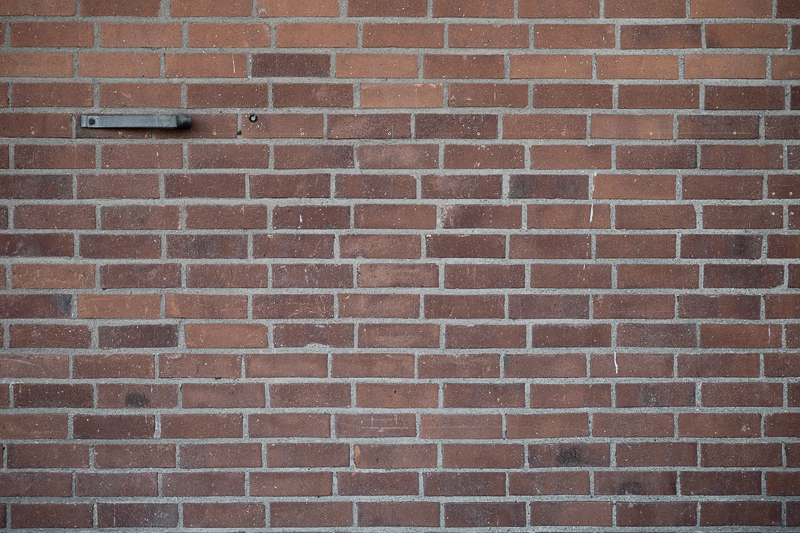


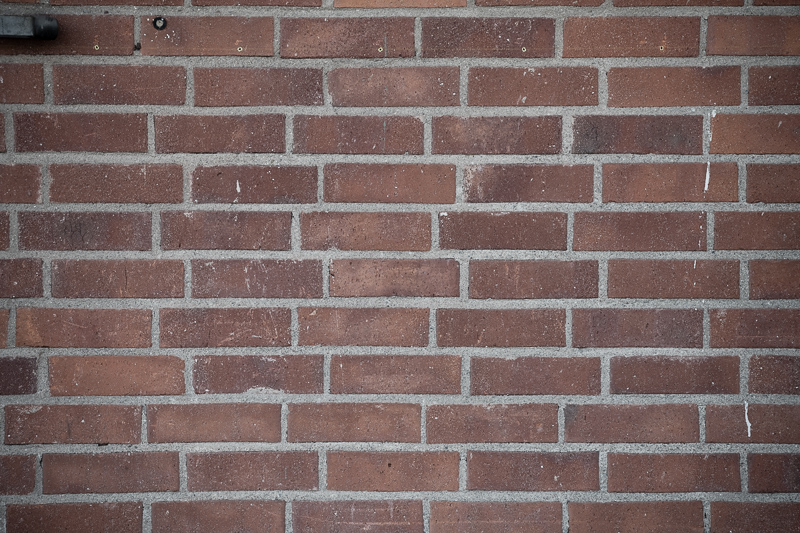
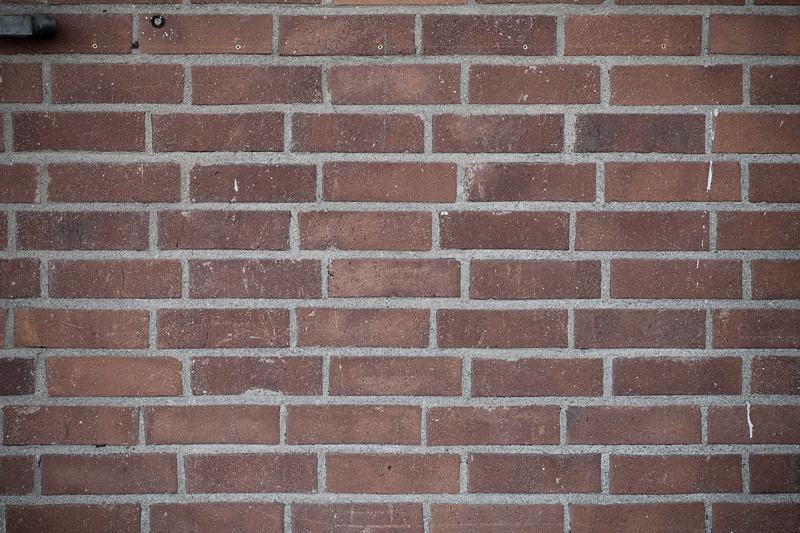



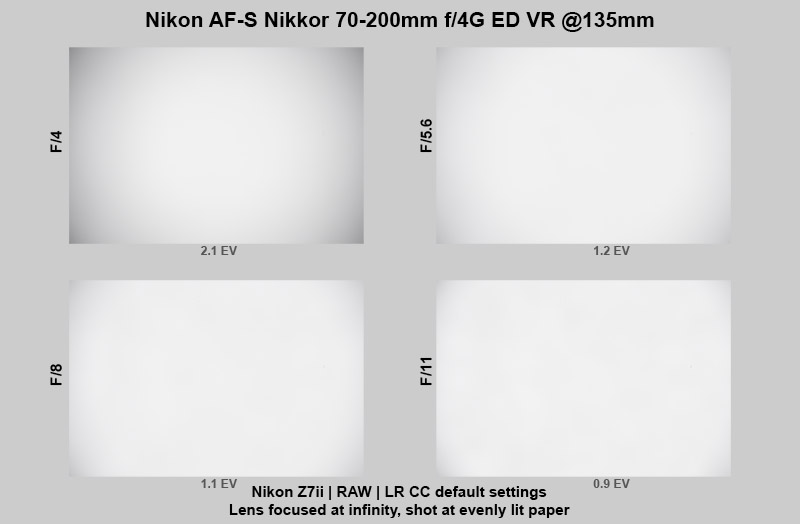
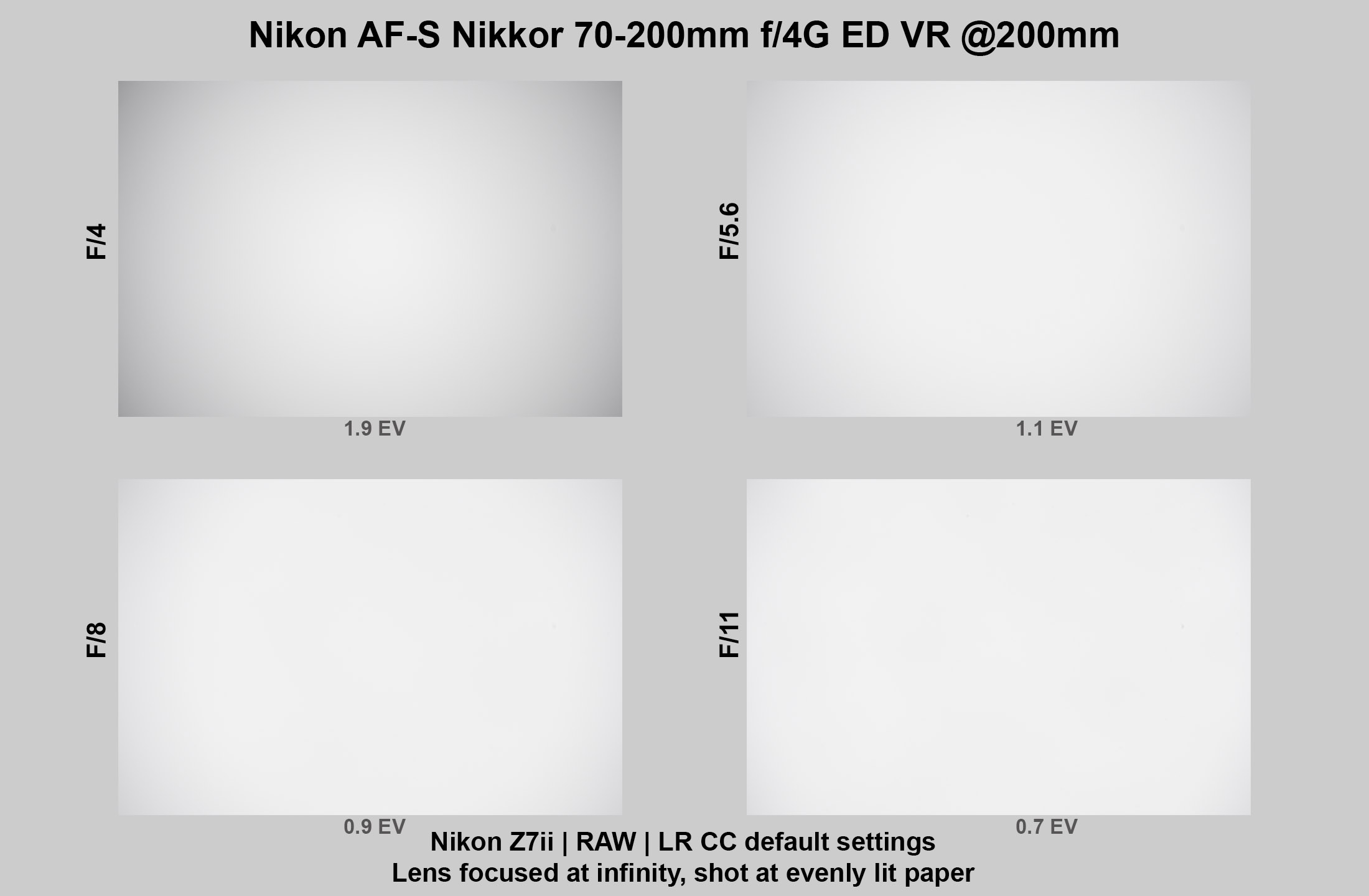


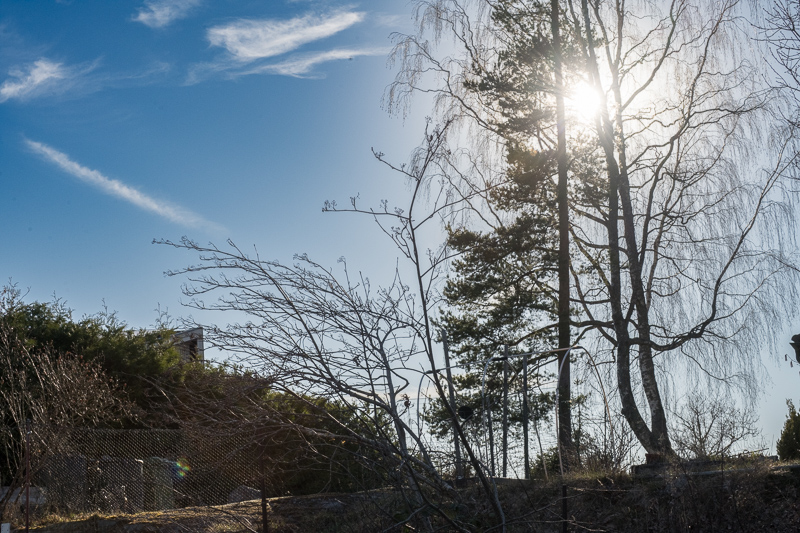
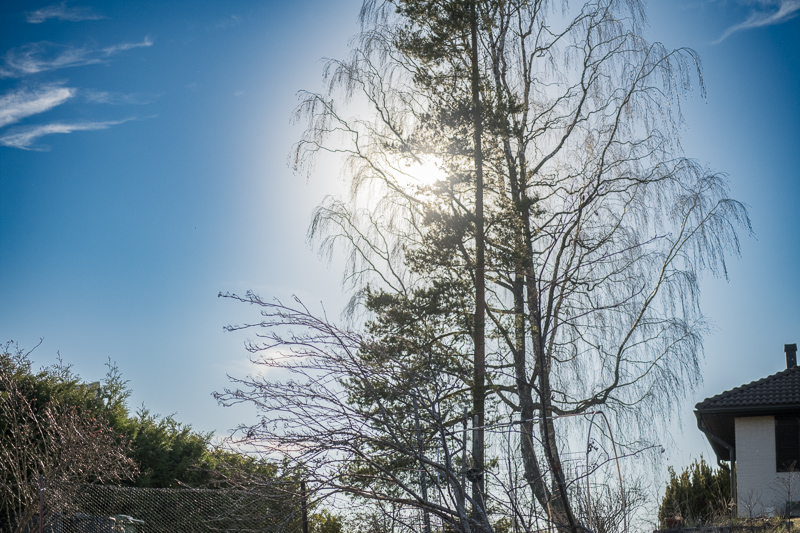
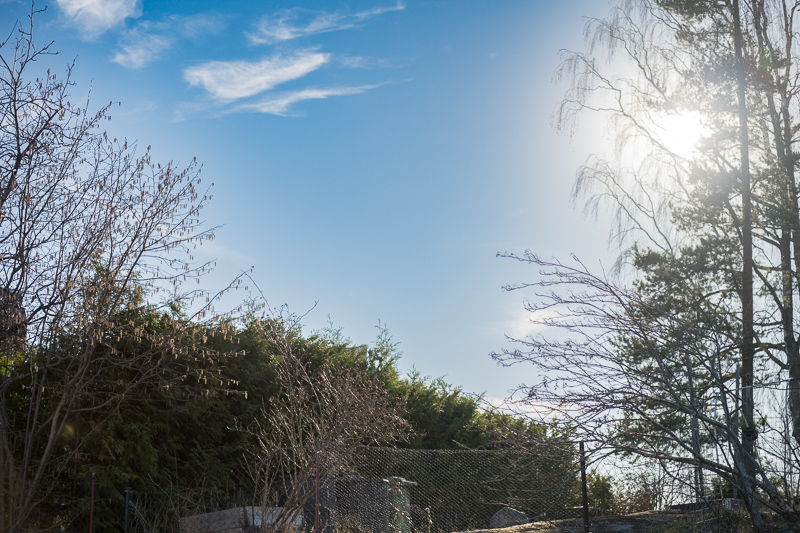
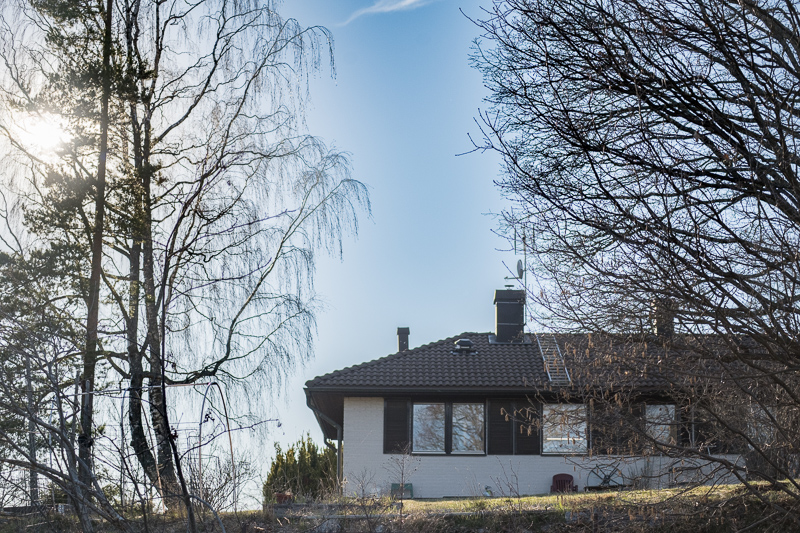
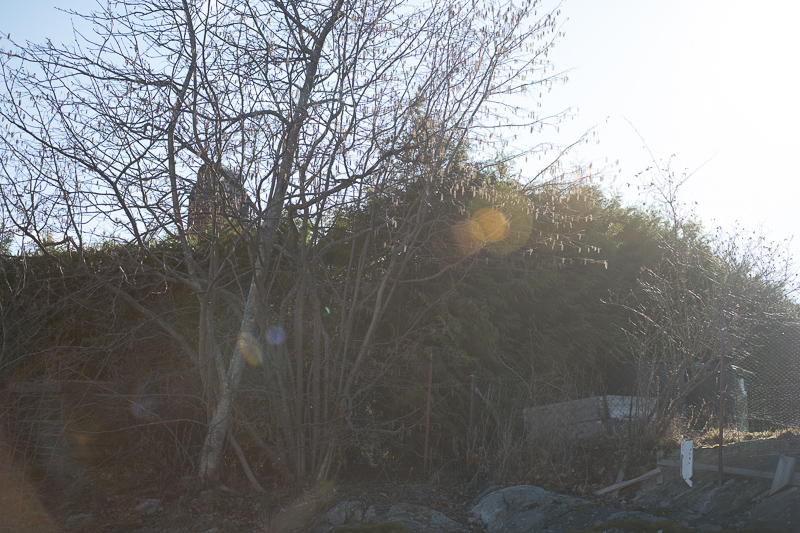
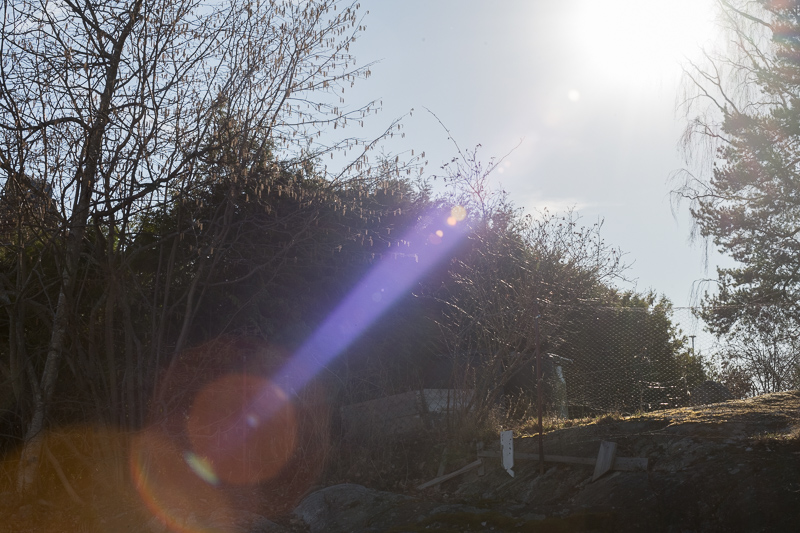
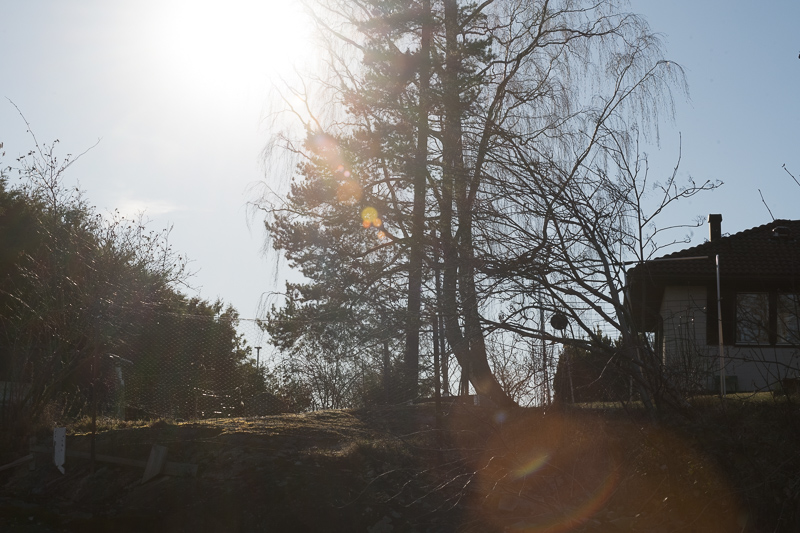
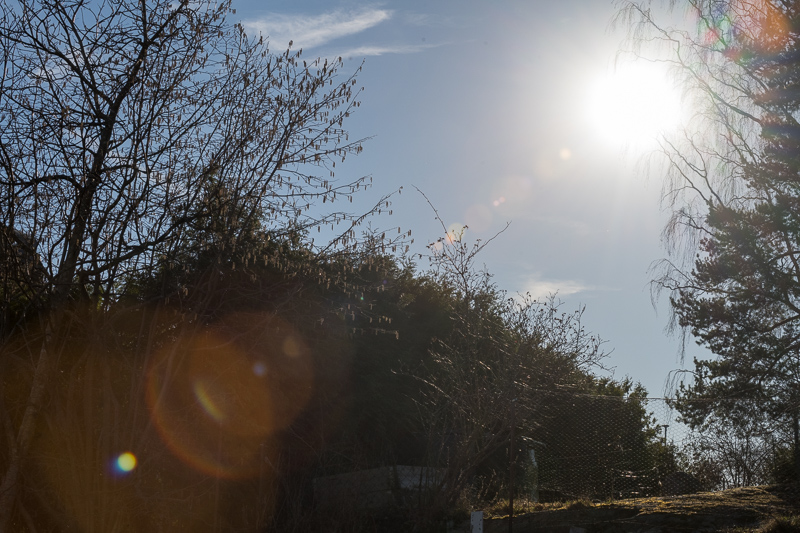
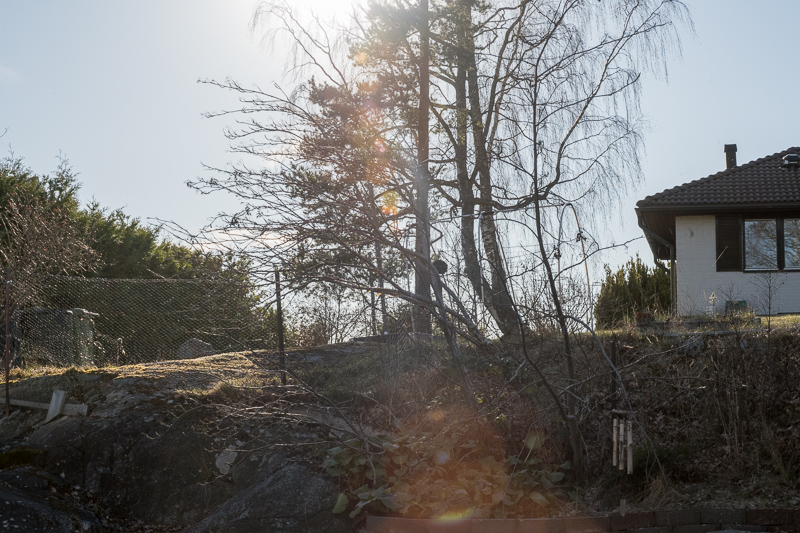
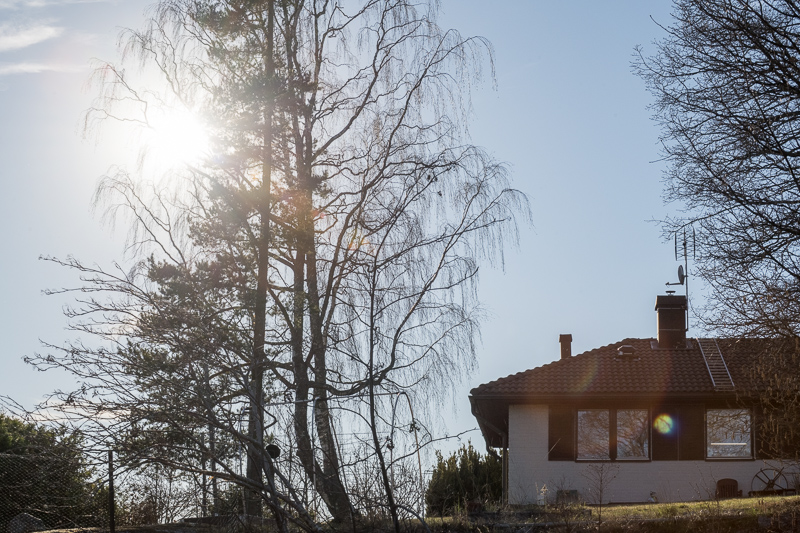
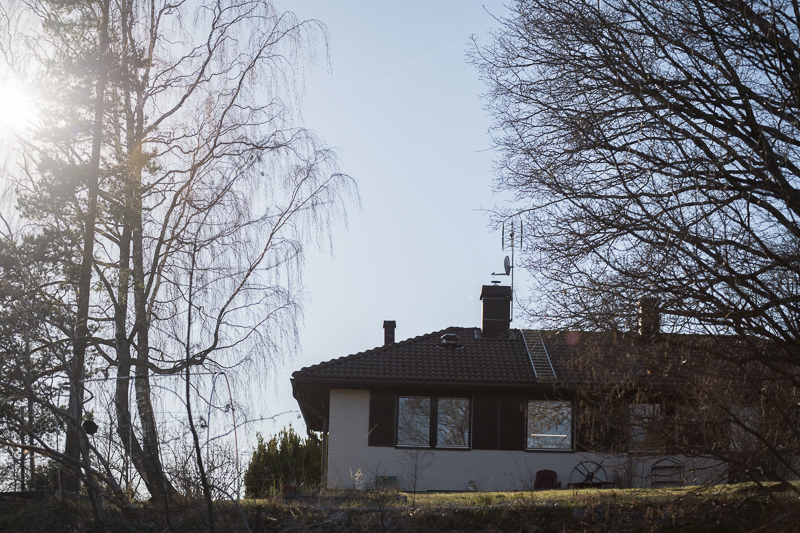
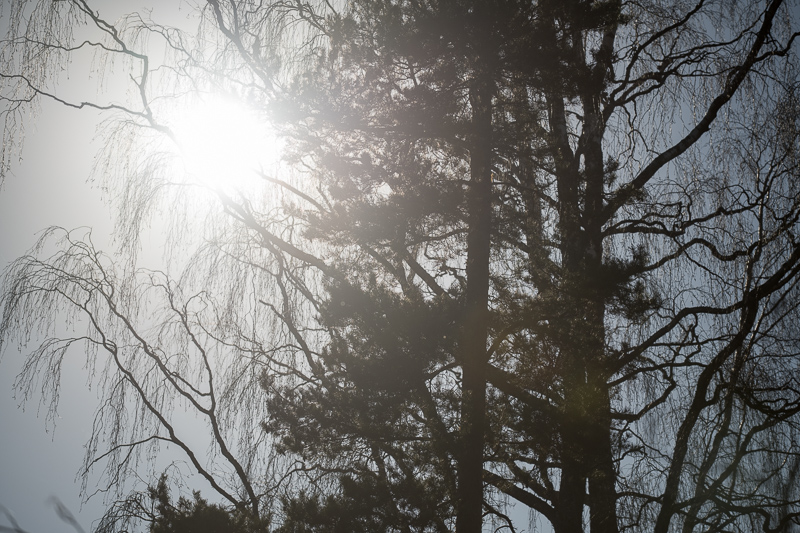


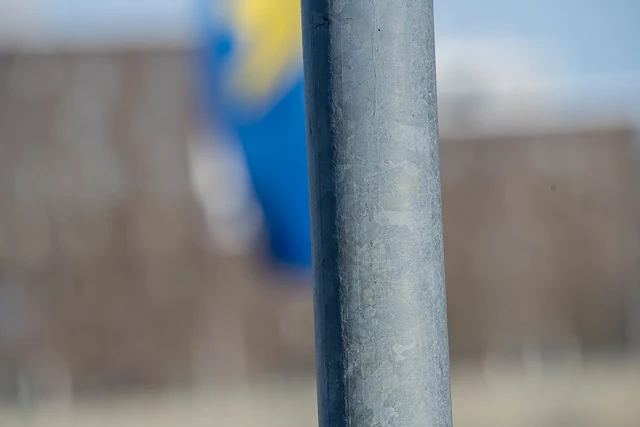


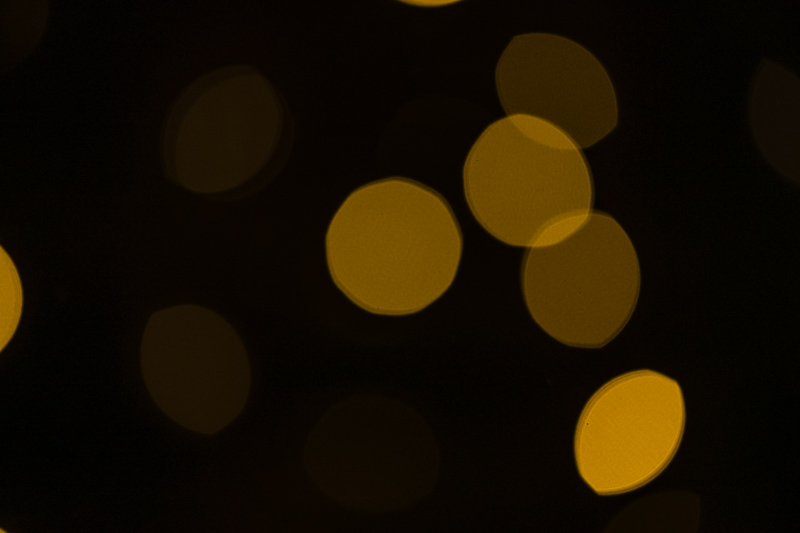
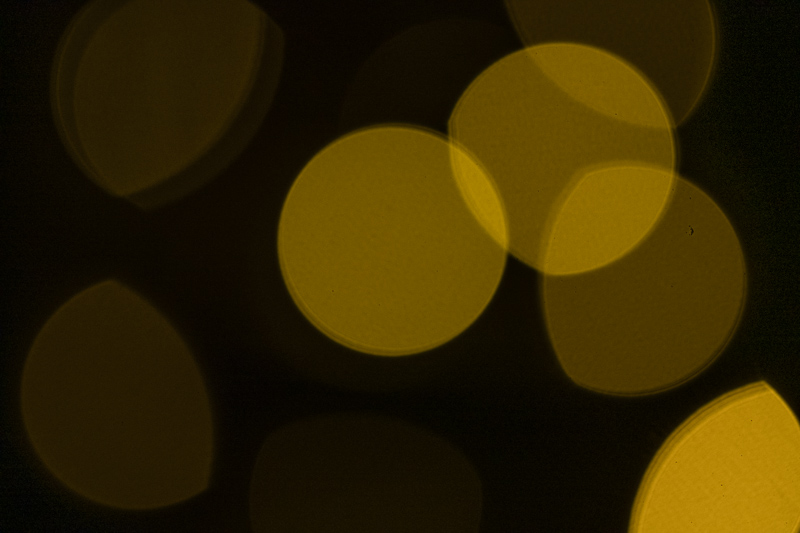



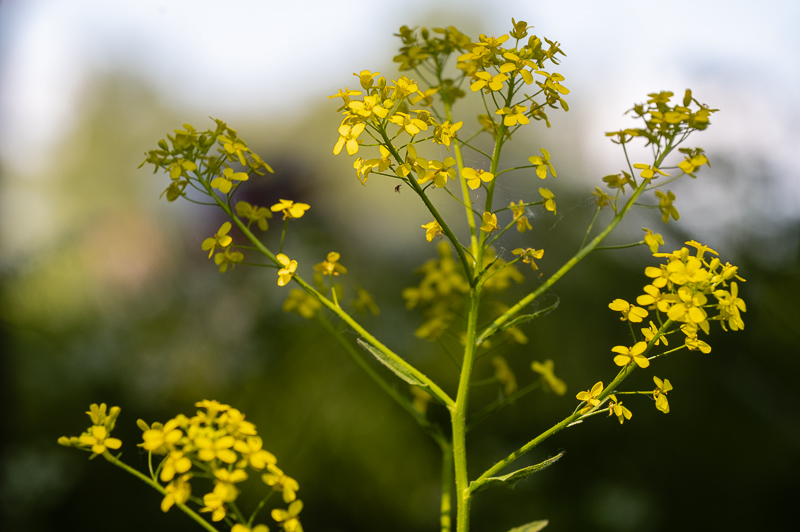
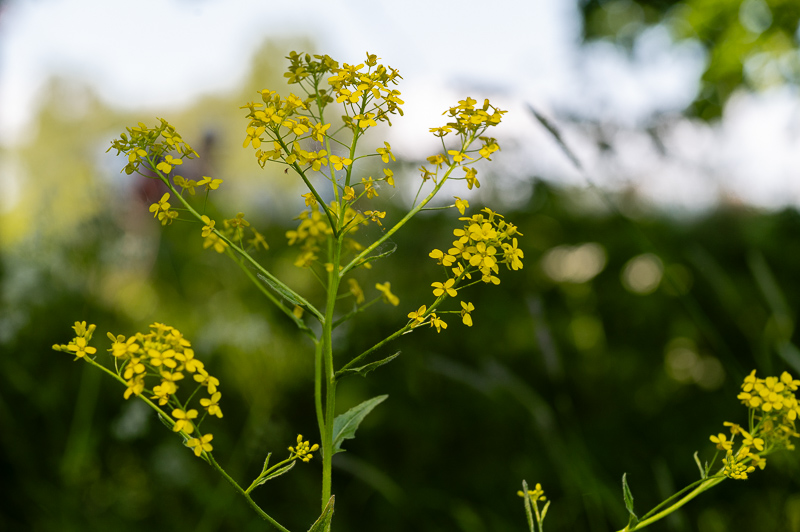

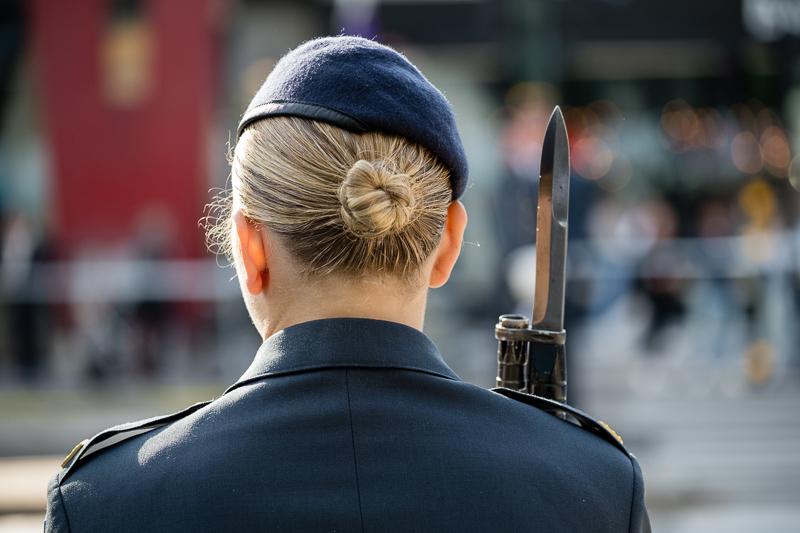

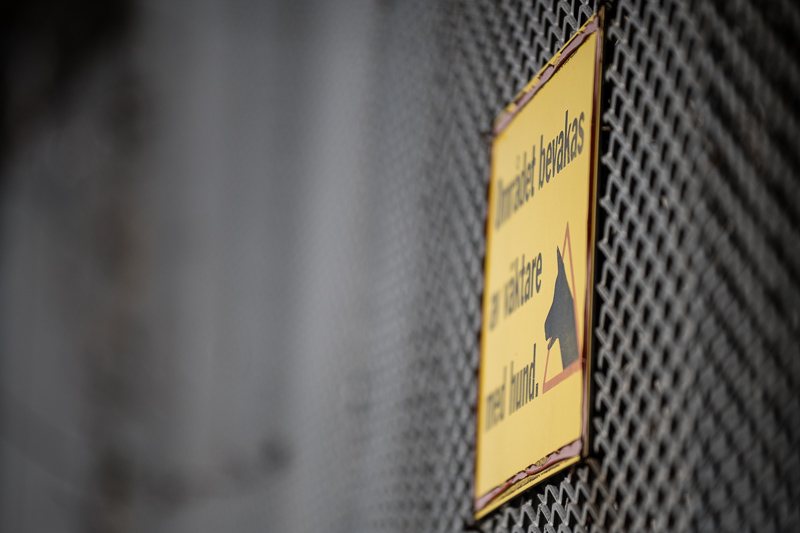
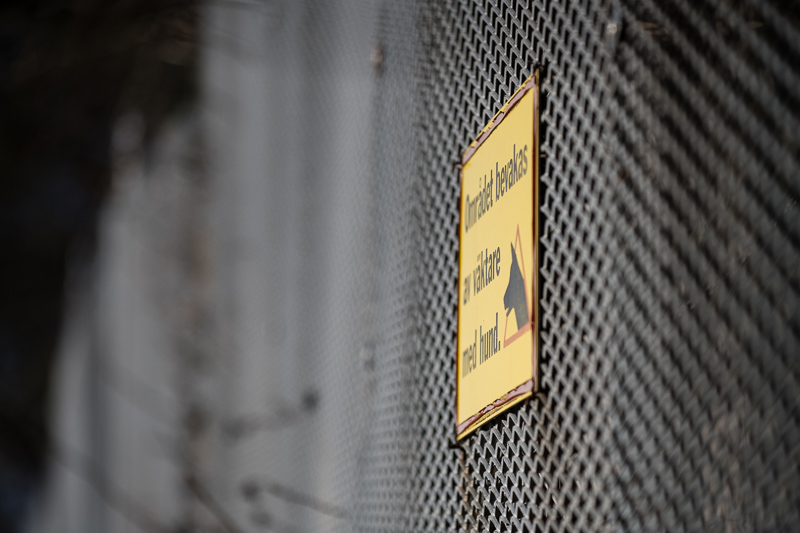
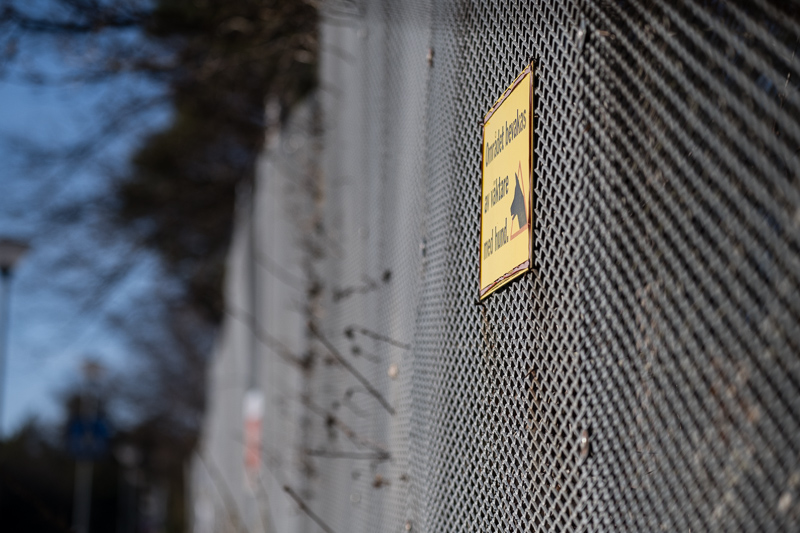
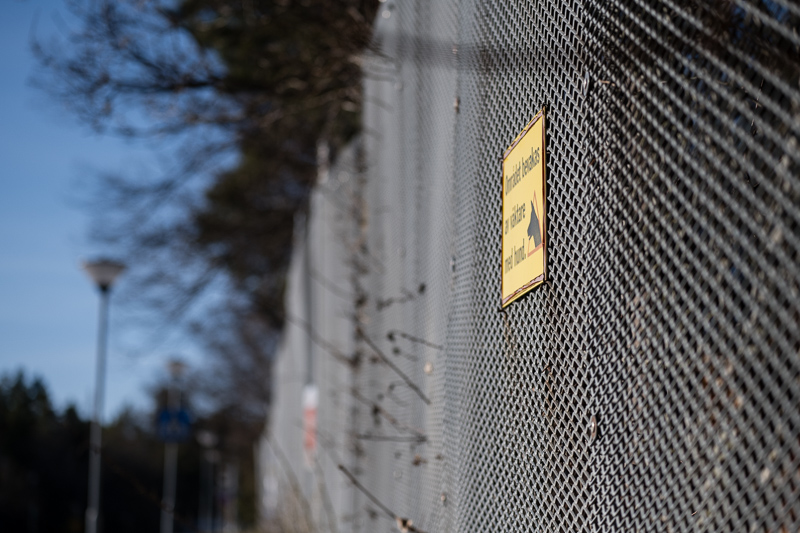
Having owned and used this lens with a variety of film and digital cameras, I agree with your conclusions above. It produces really nice images, and often the telephoto compression makes up for the narrower aperture. It is also significantly lighter than the 2.8 versions.
The only downside I found, especially with Nikon film cameras like the F100, is that the optical stabilisation on this lens absolutely destroys battery life (especially on the ‘active’ mode). Cameras that would happily use the same four AA batteries for months at a time would often completely drain the batteries in one half day of shooting. This was the sole reason I traded this lens out of my kit for some of the less convenient 1.8 primes; I couldn’t afford to run out of batteries somewhere in the mountains.
Interesting trade off on film, shouldn’t the OIS only be running when you focus tho? Am I confused by the way mirrorless bodies handle this (vs DSLR or SLR)?
Yes, and because I use BBF, the OIS was only running when the shutter button was depressed! That’s how battery hungry the lens was…